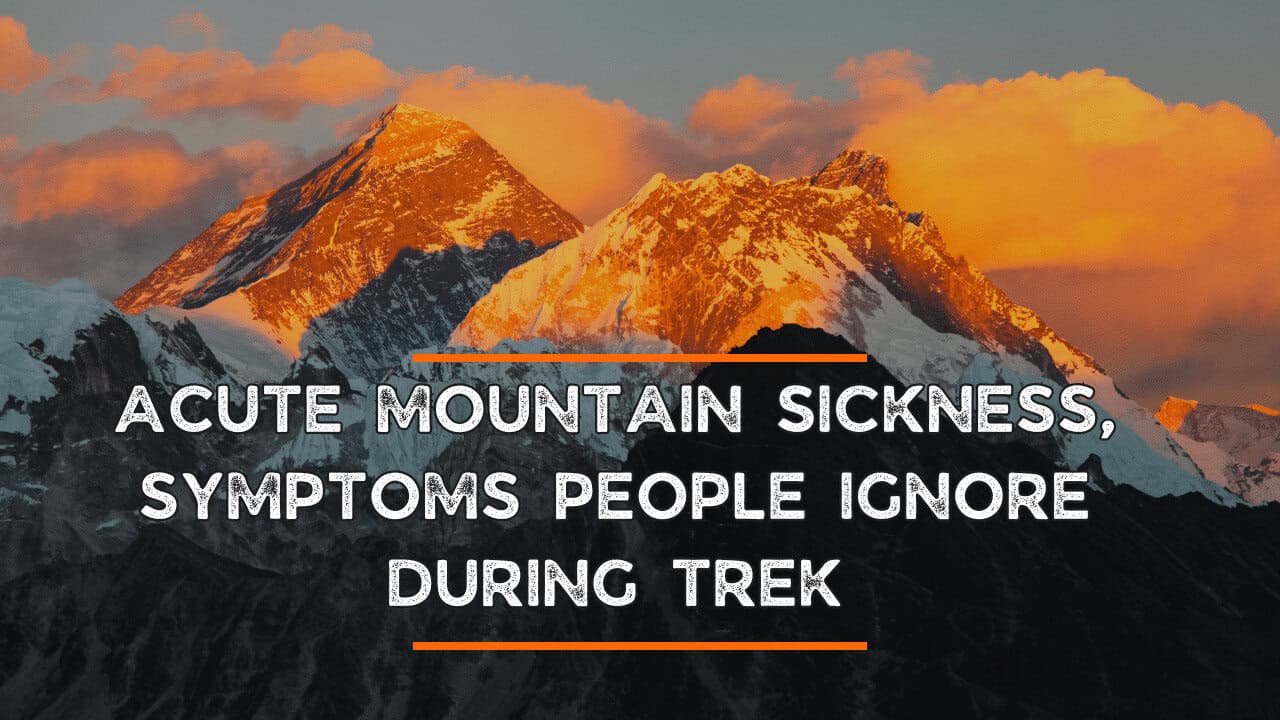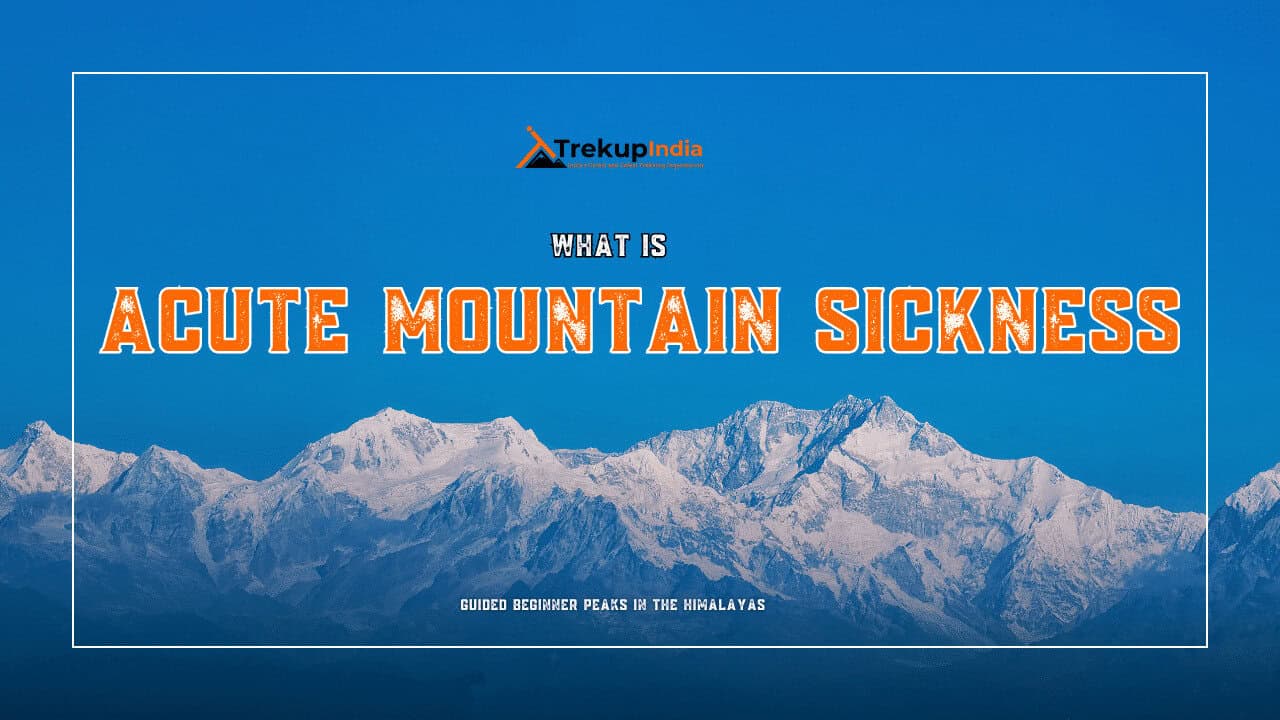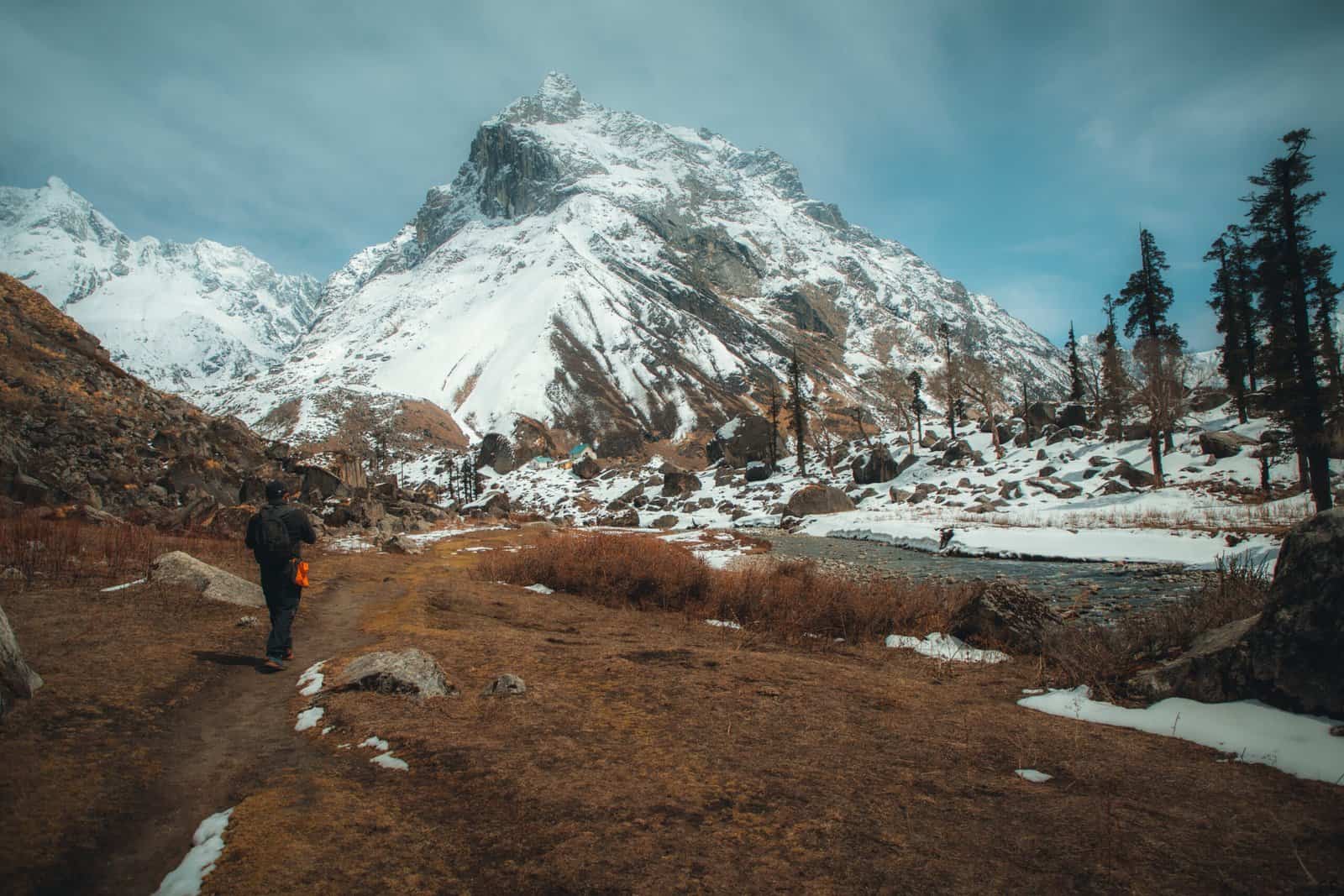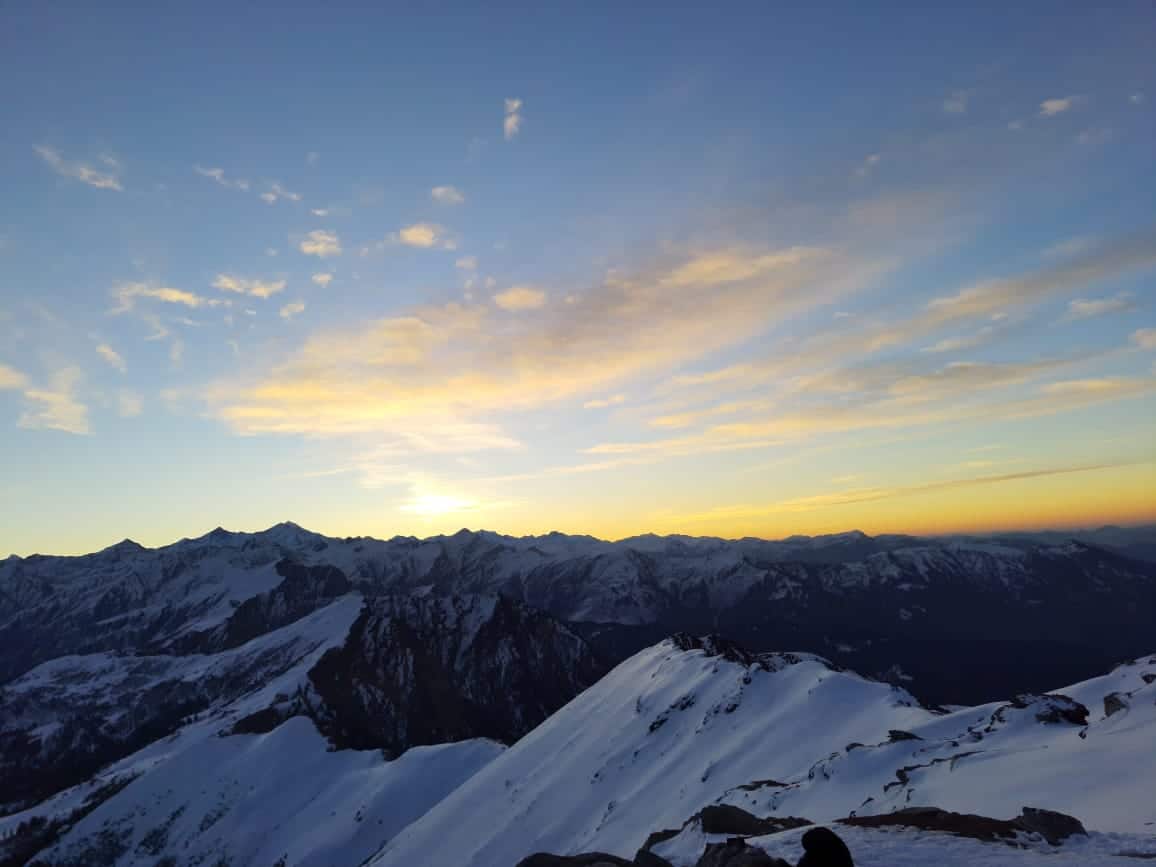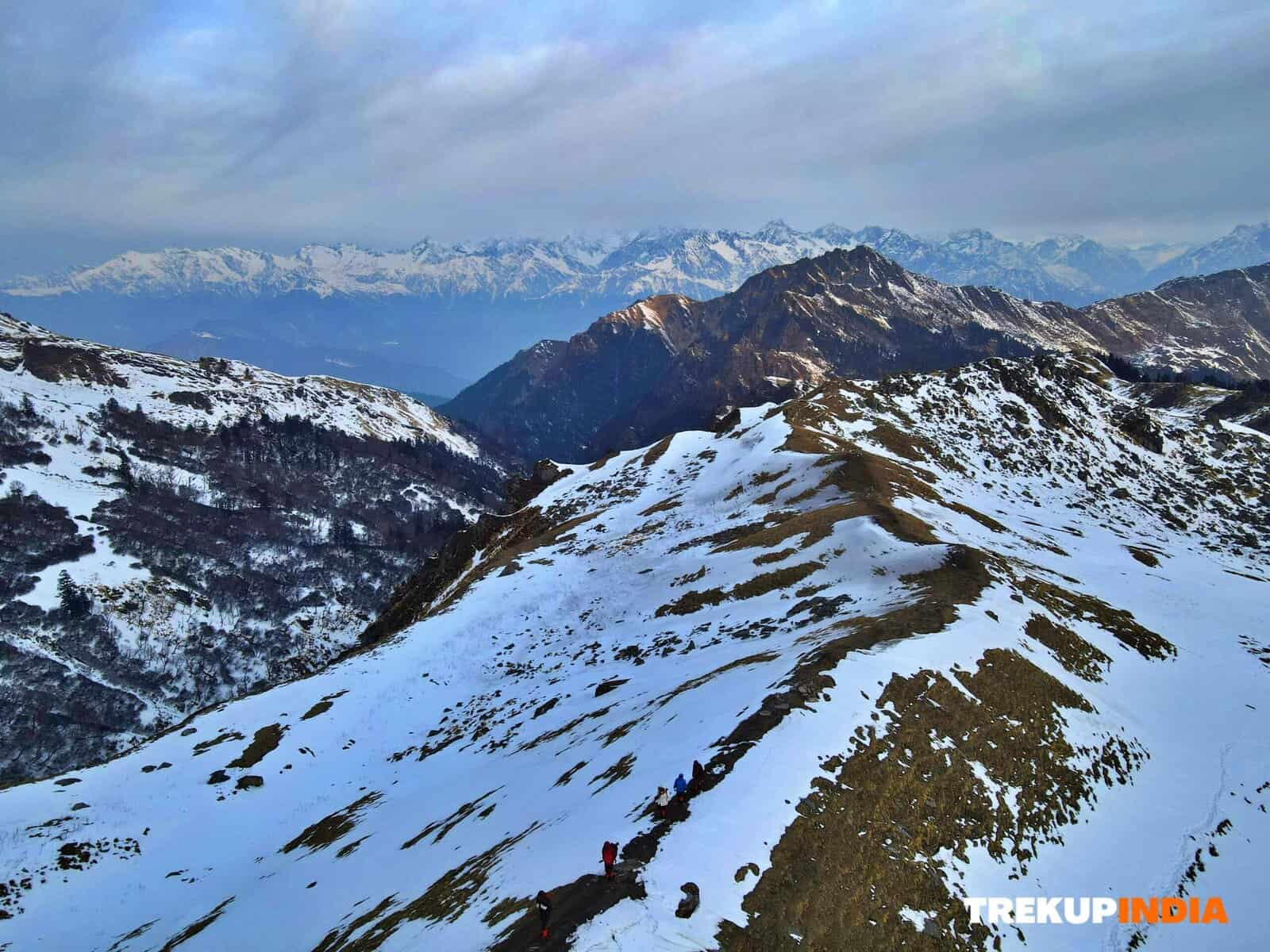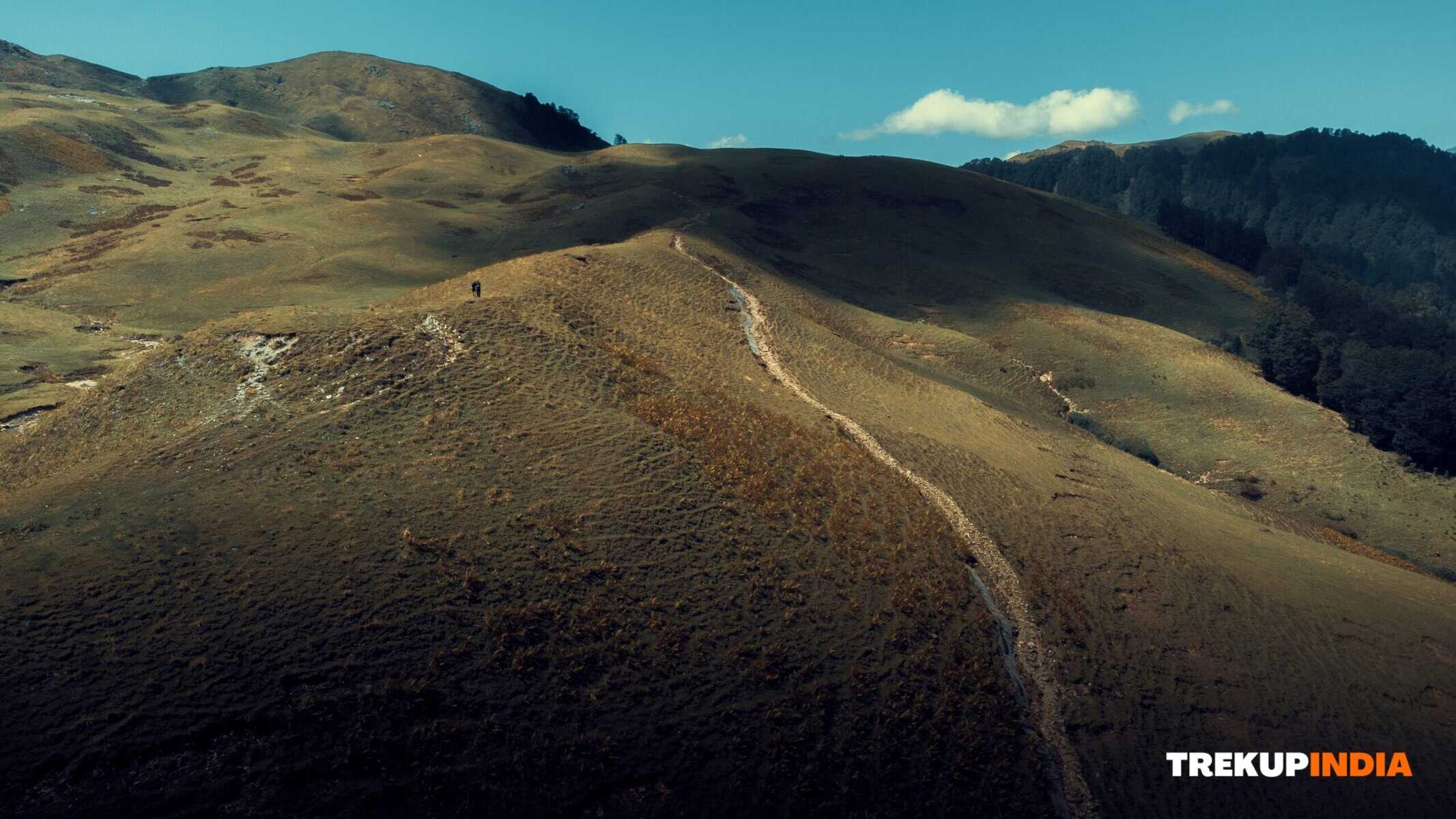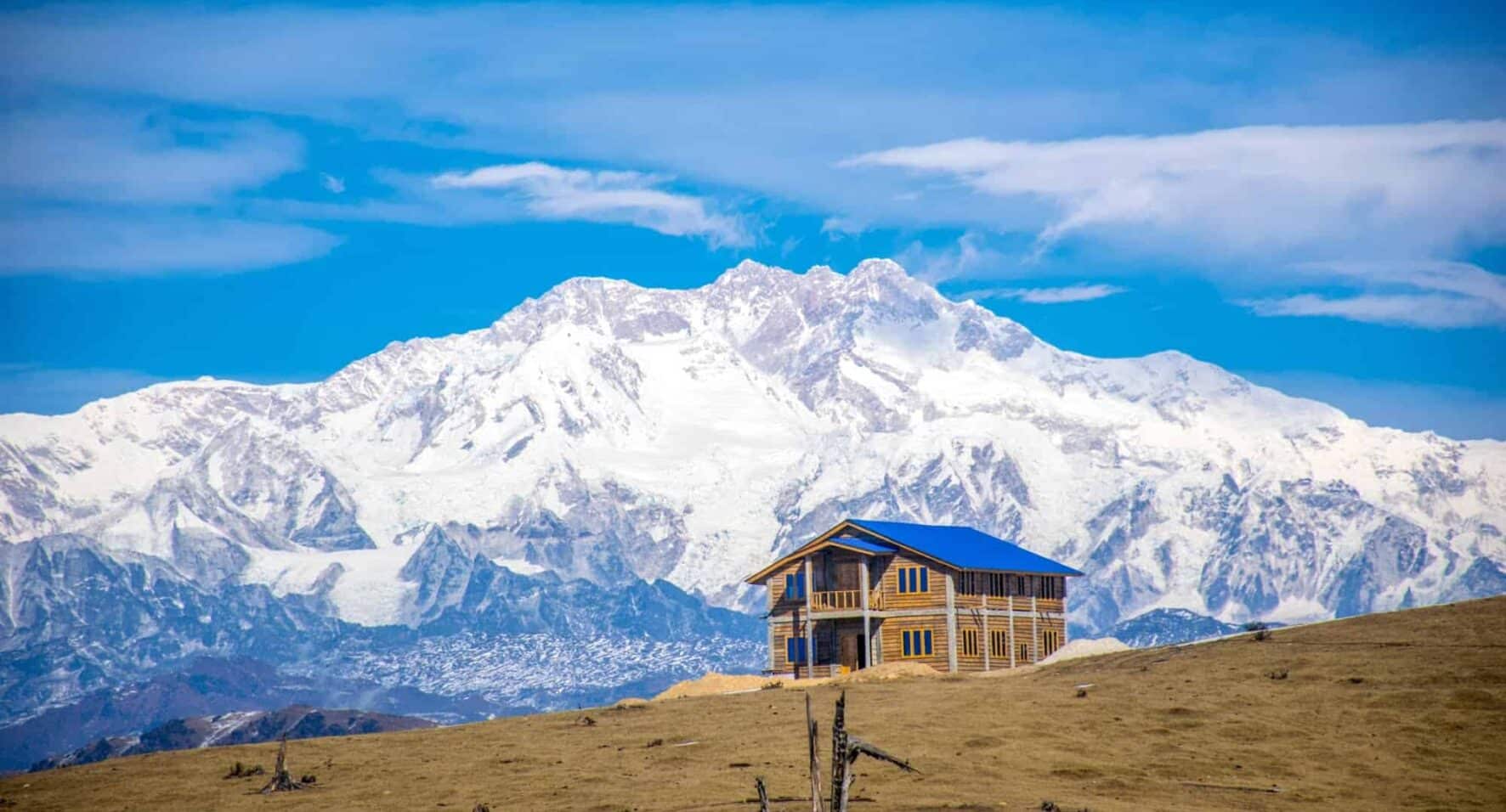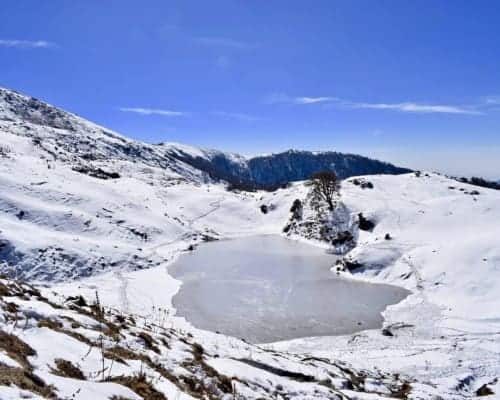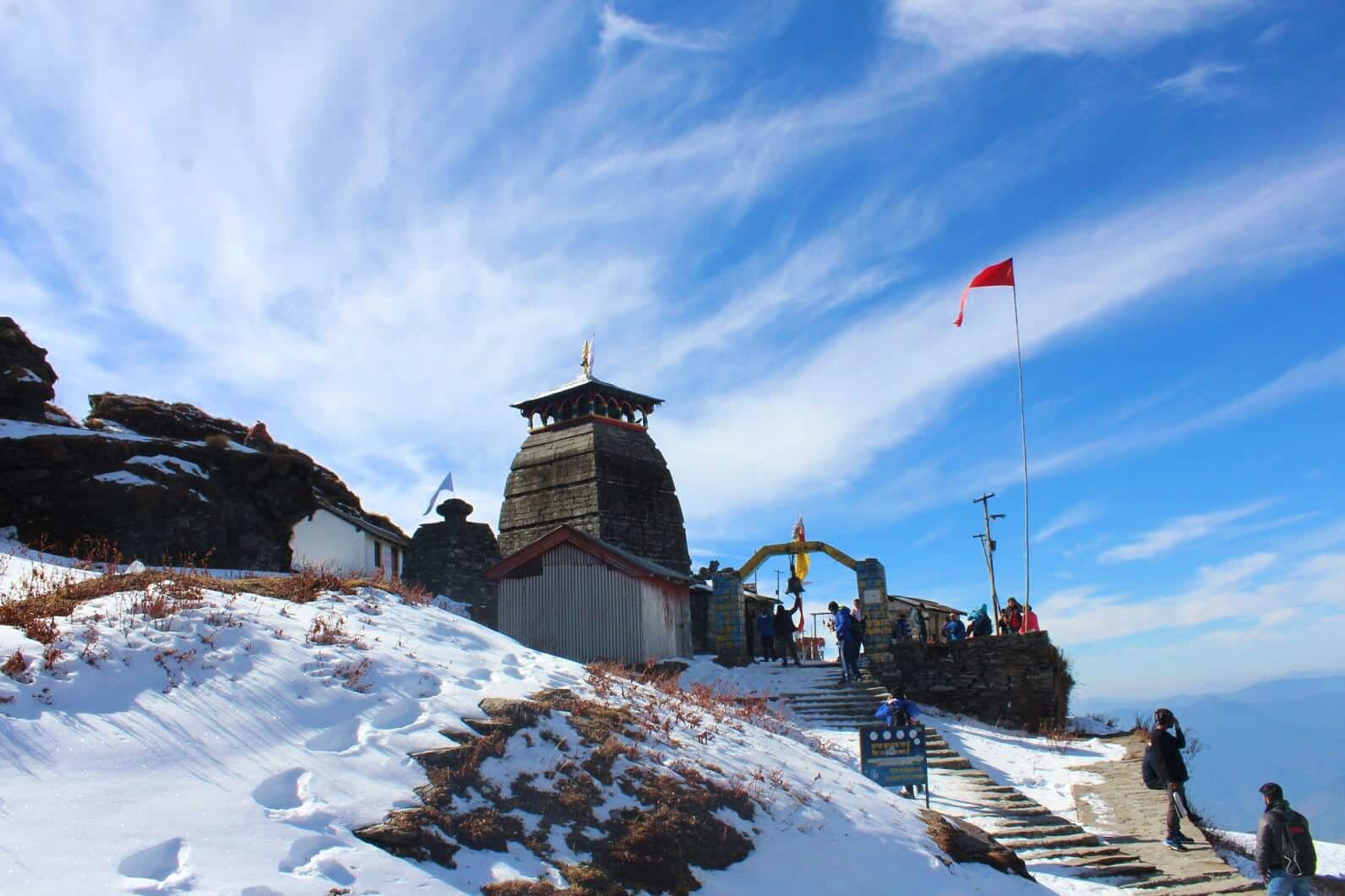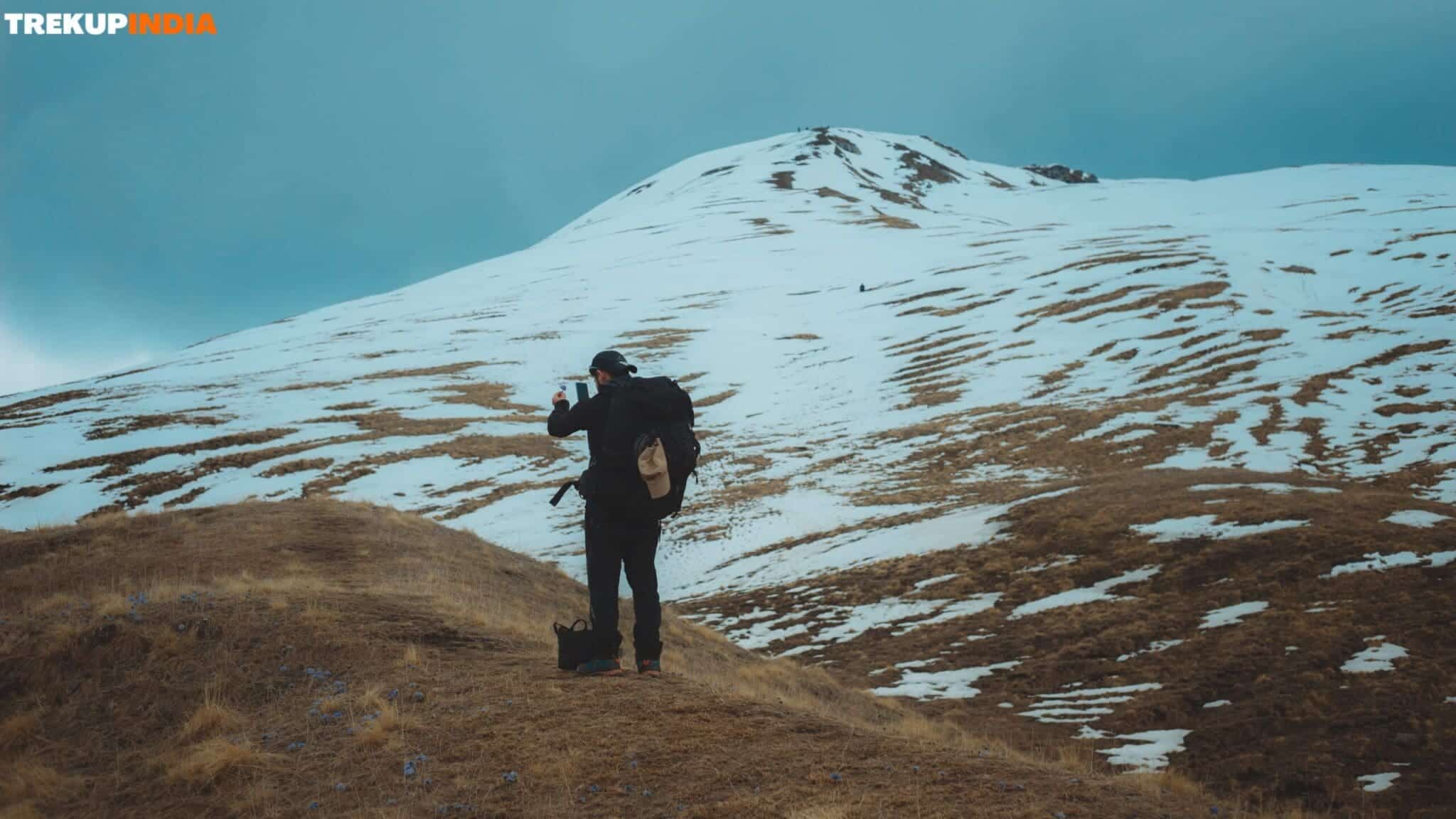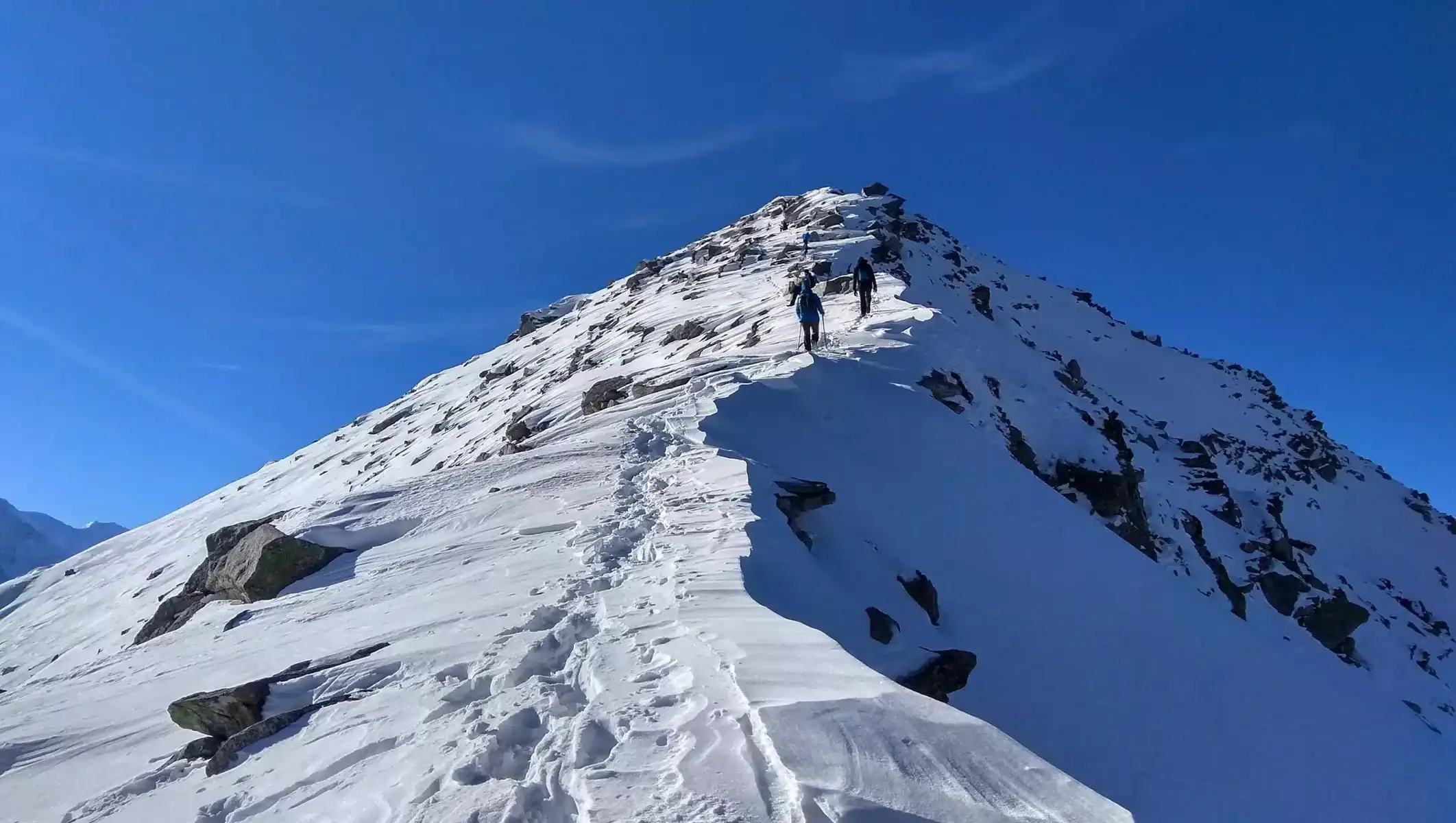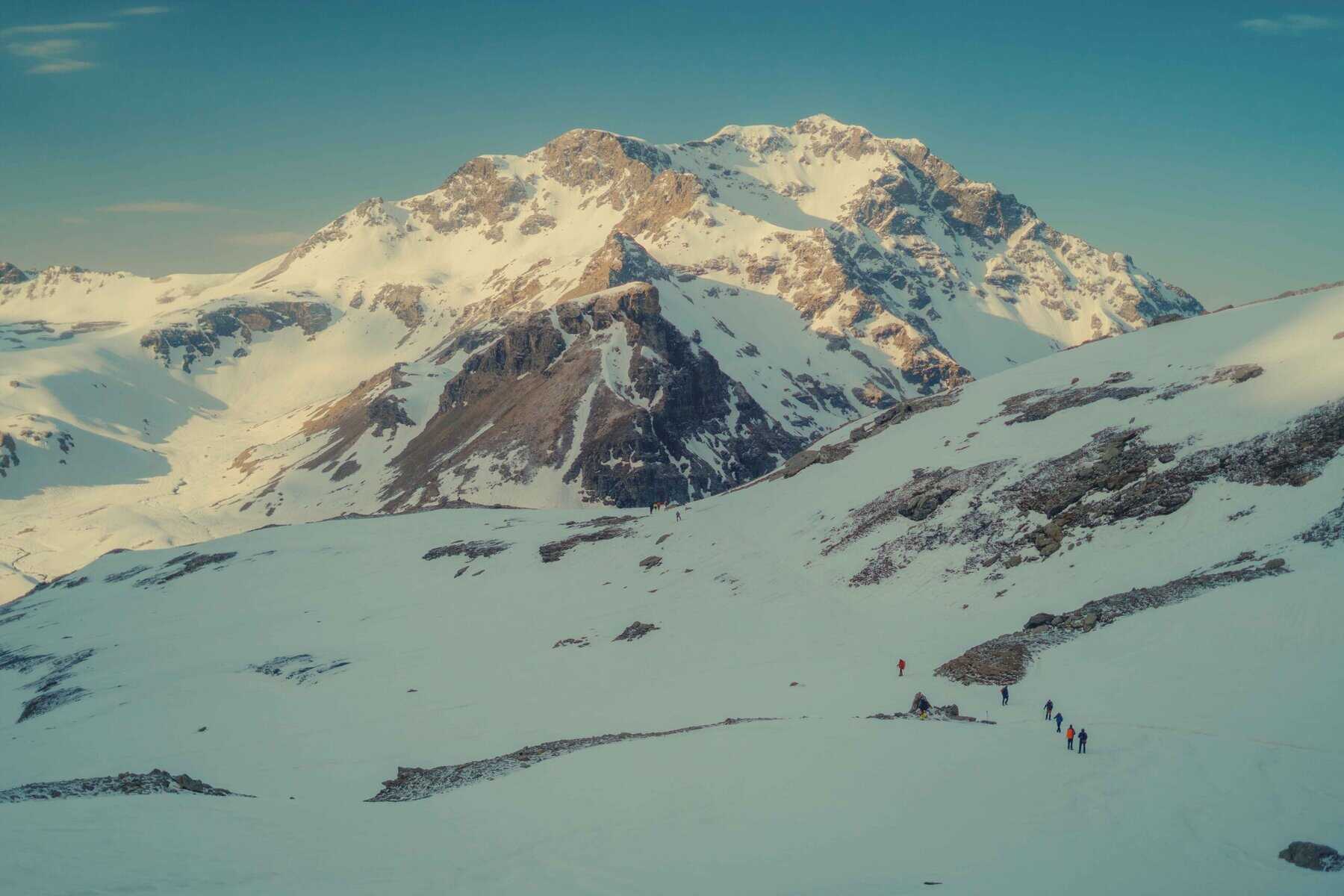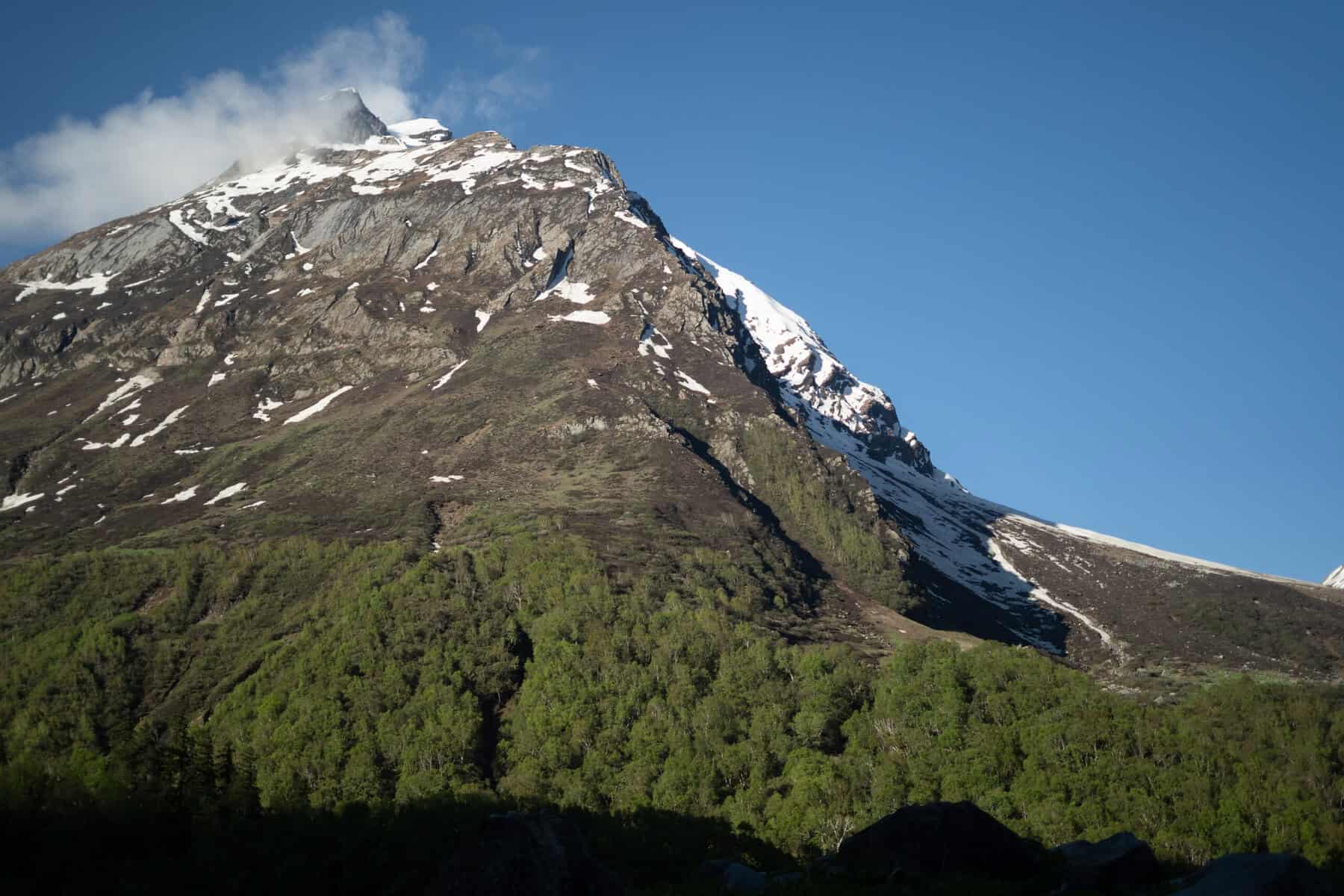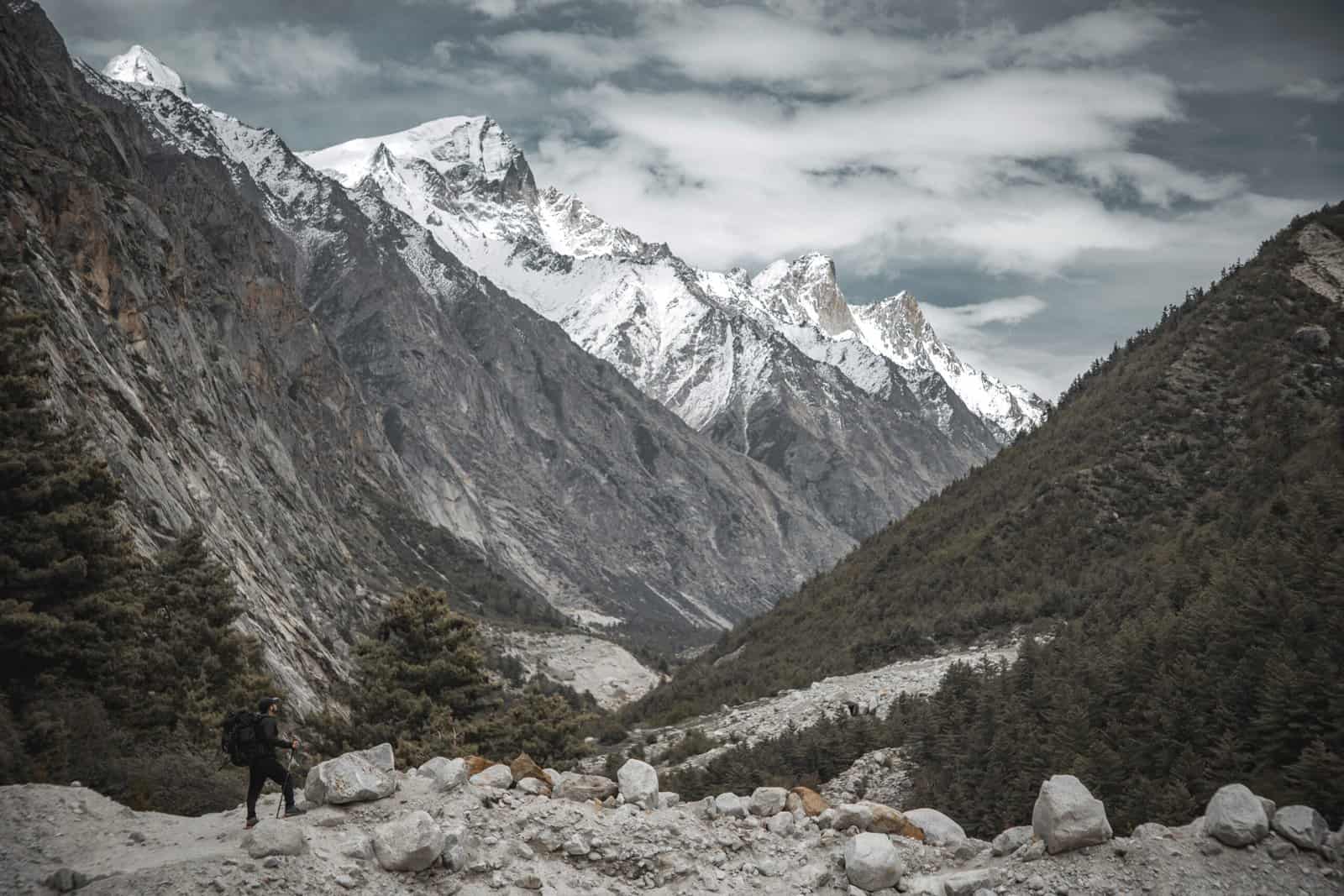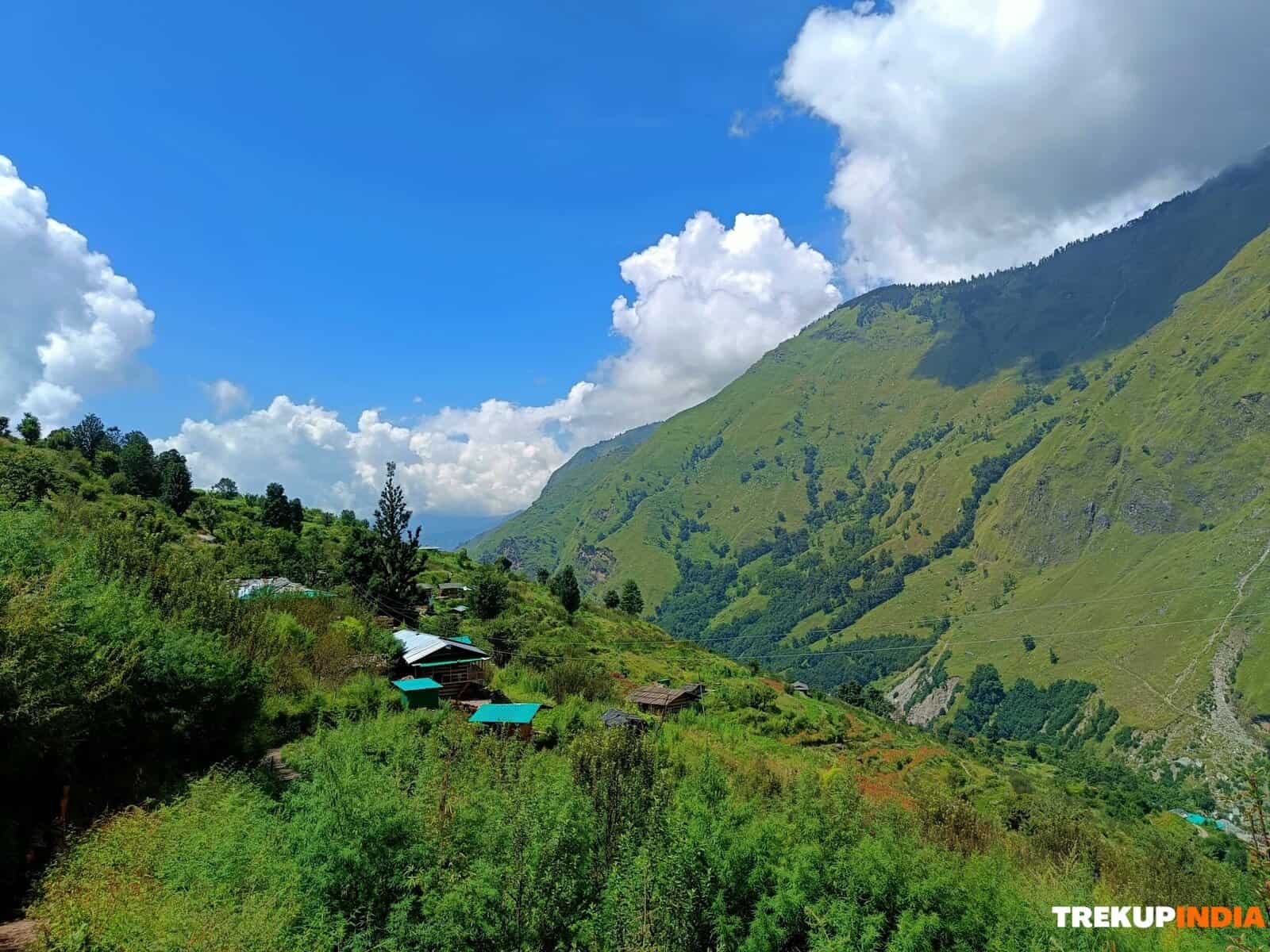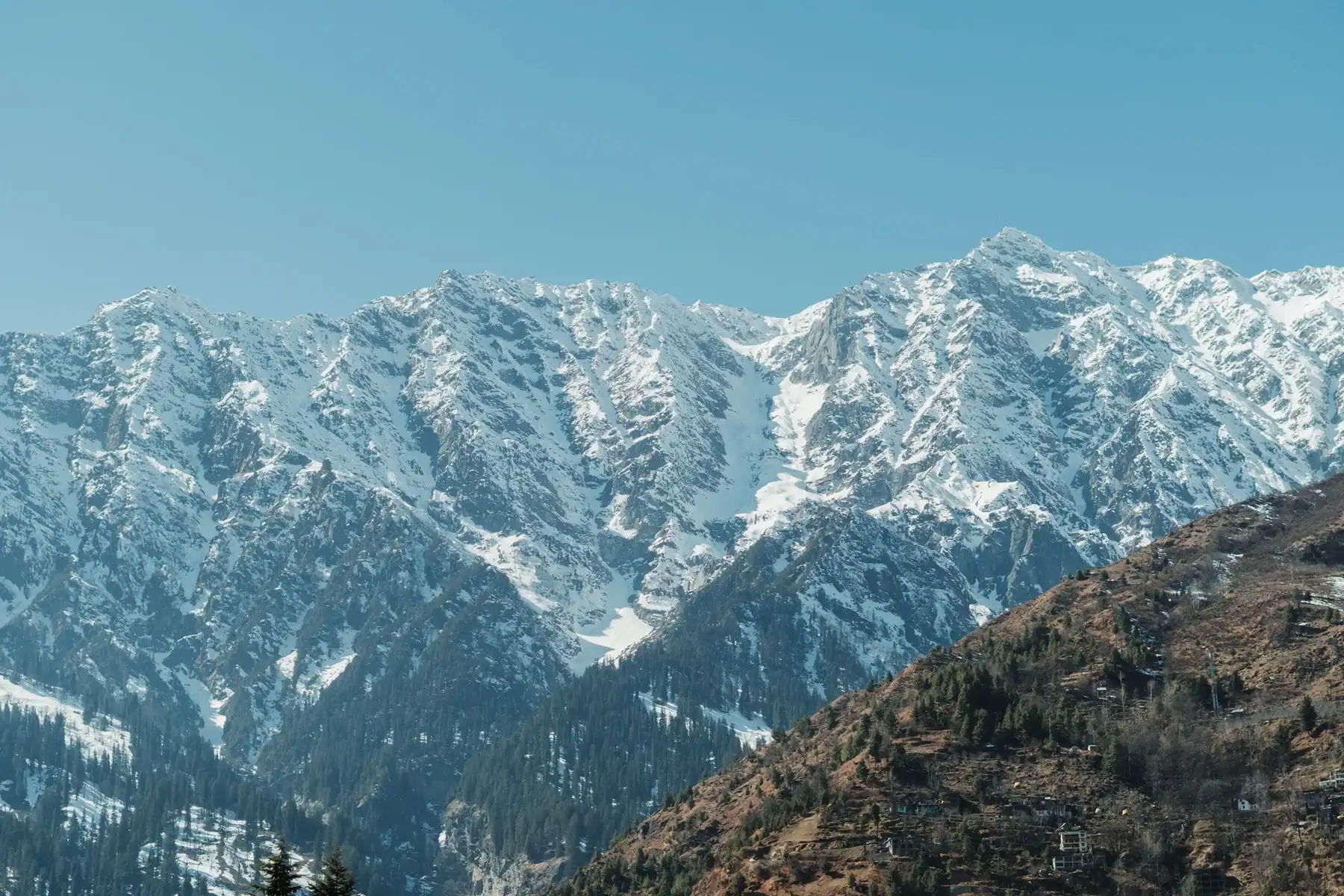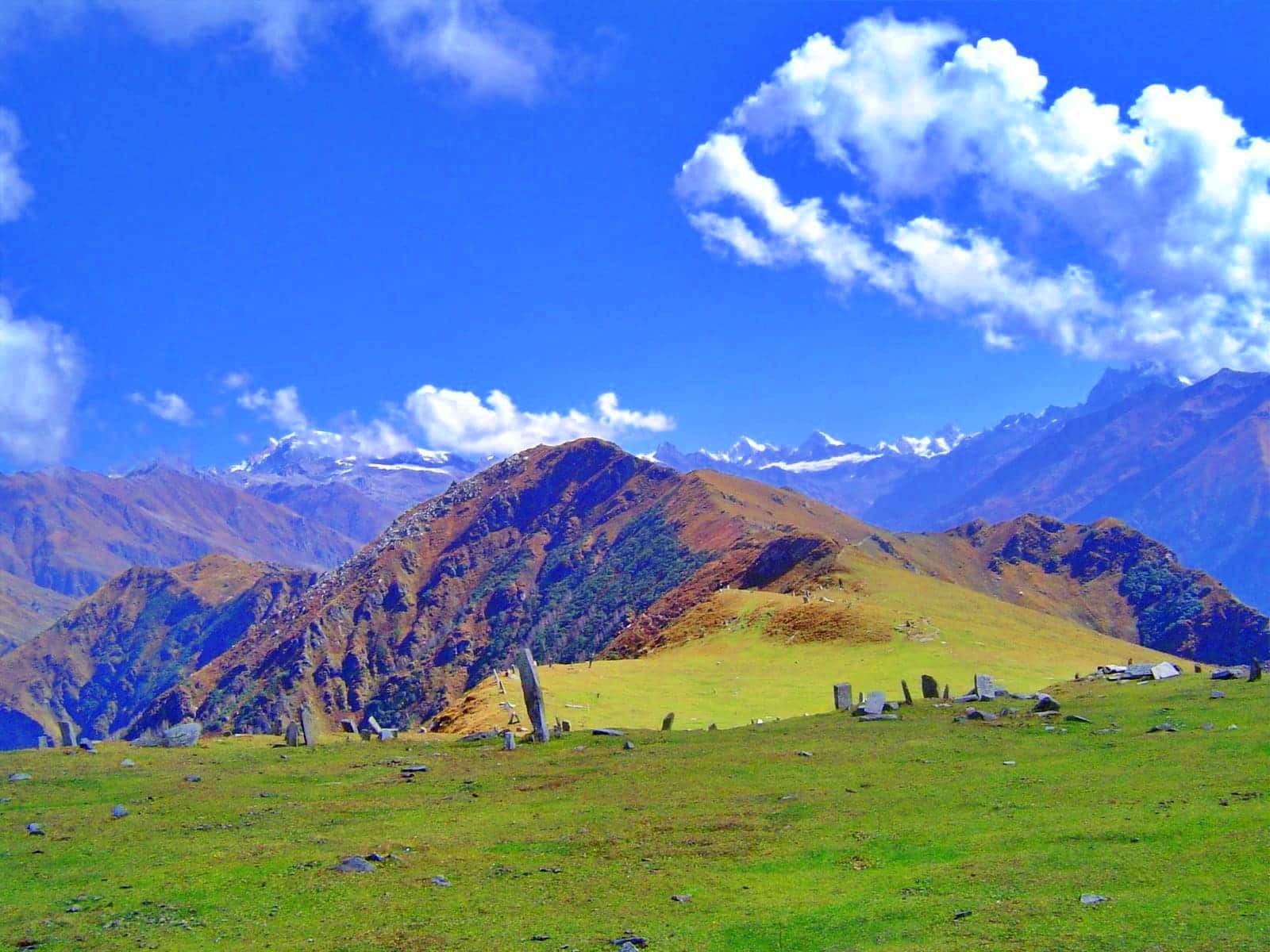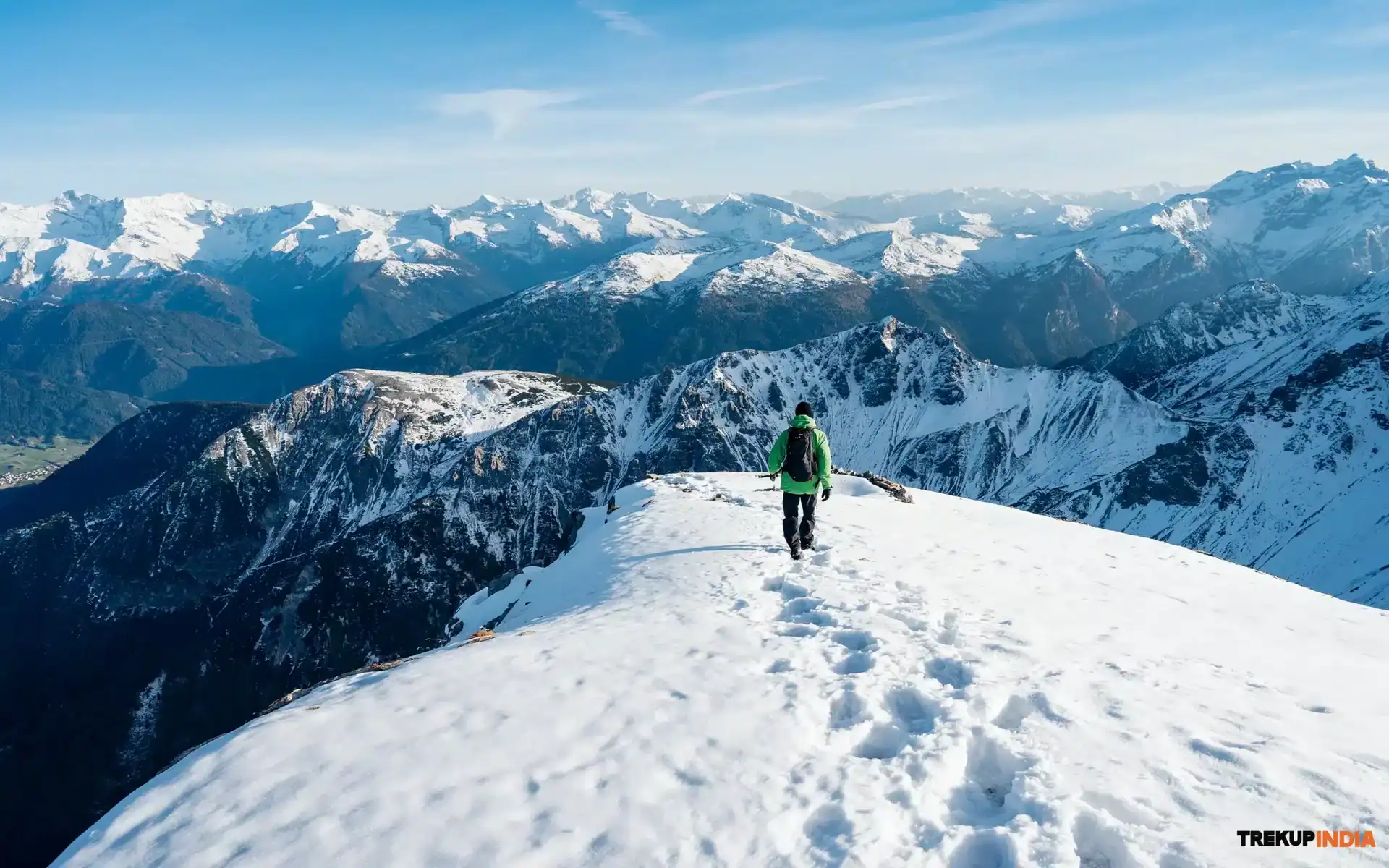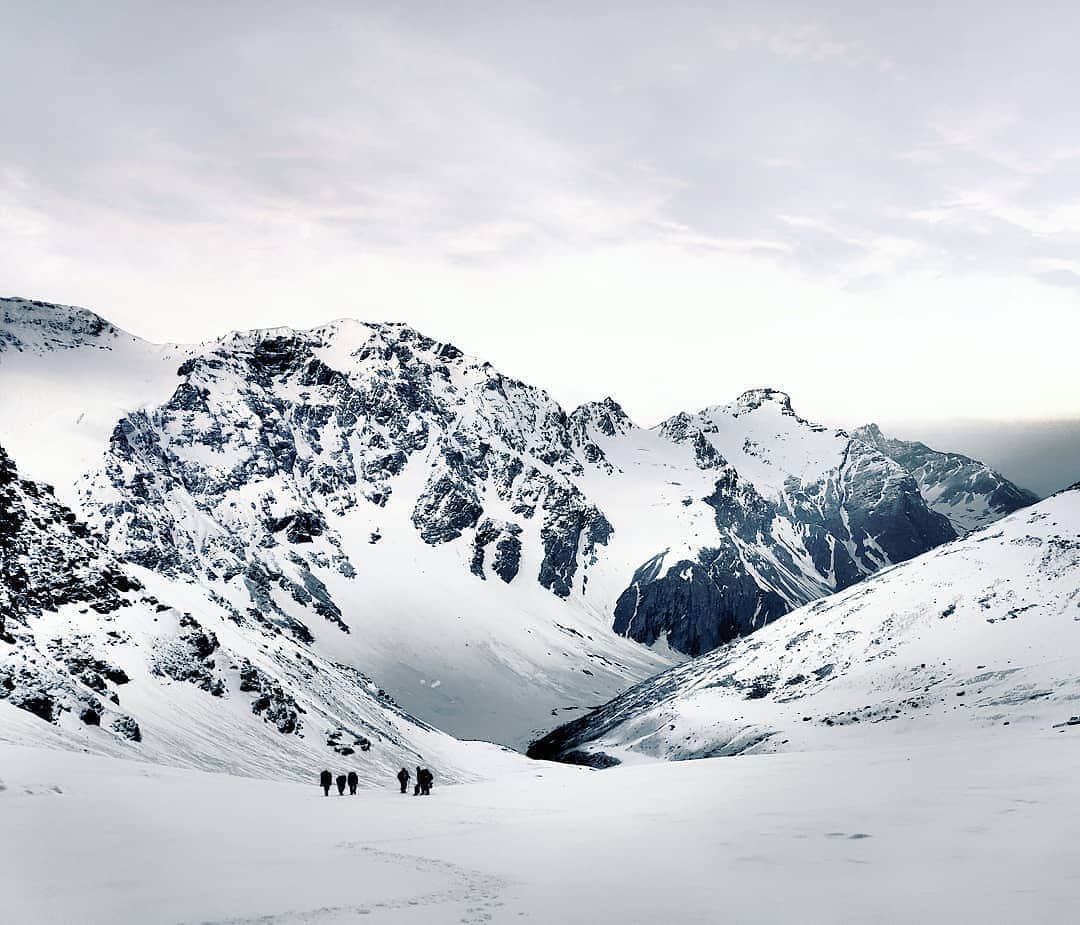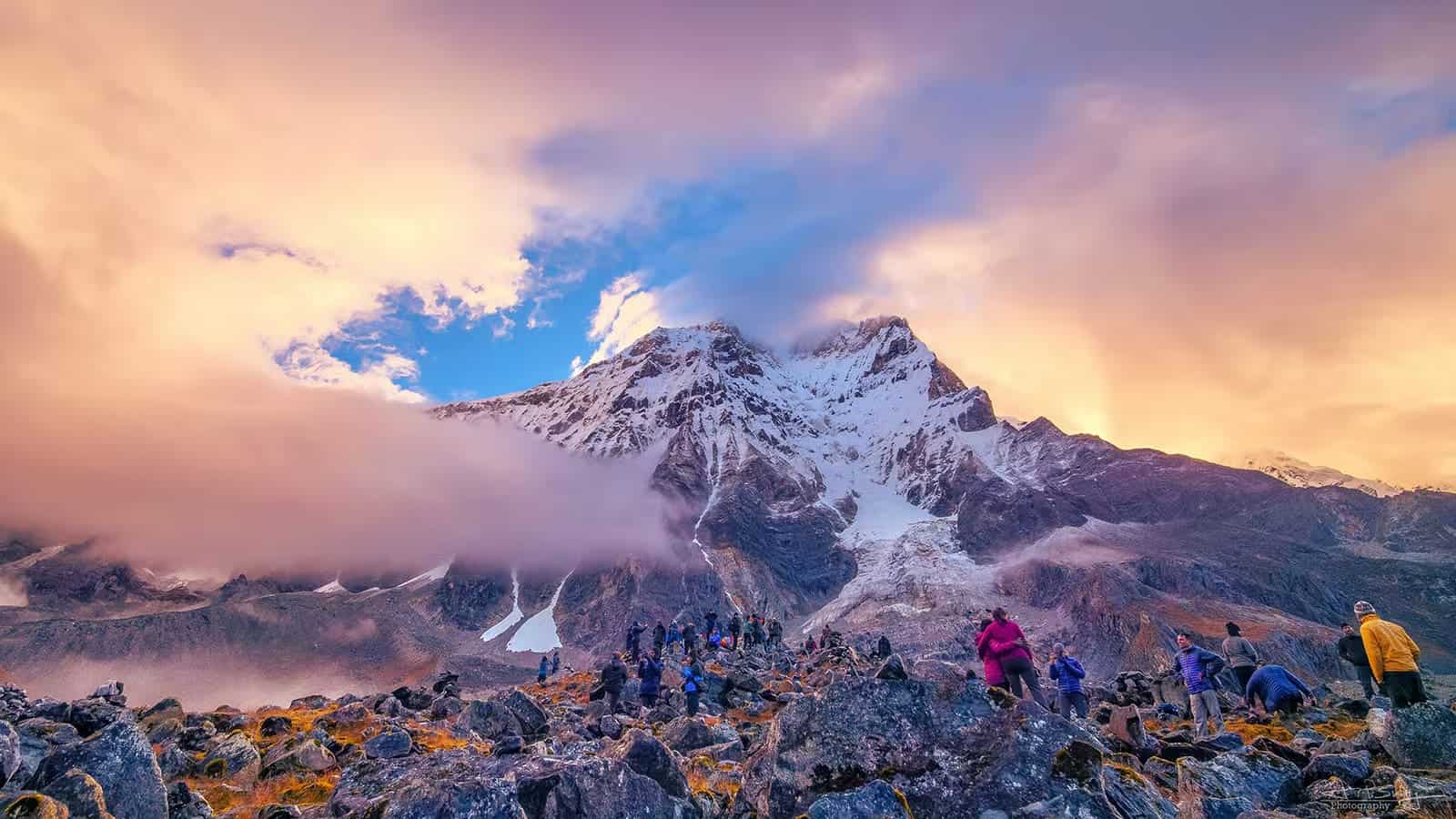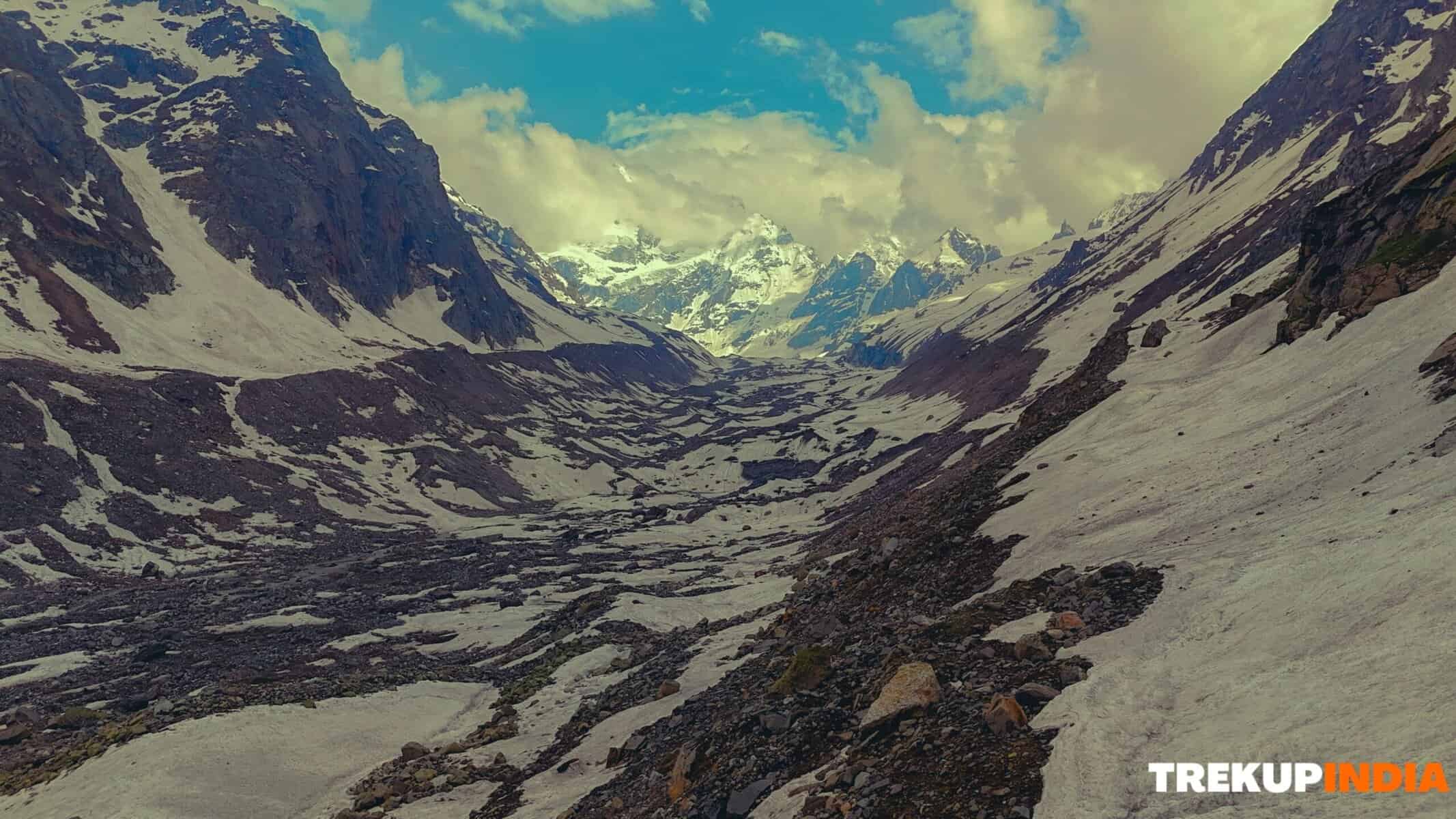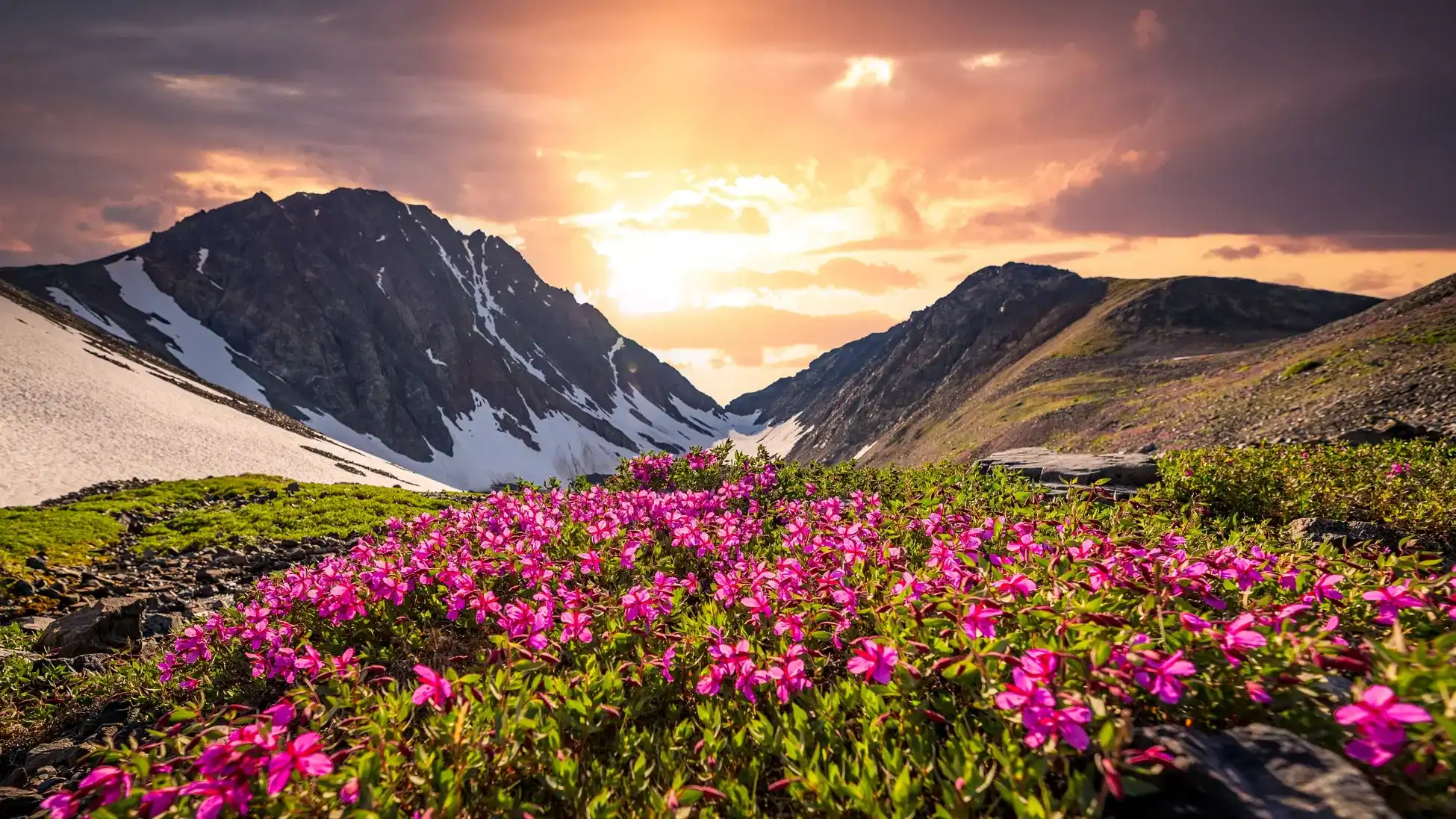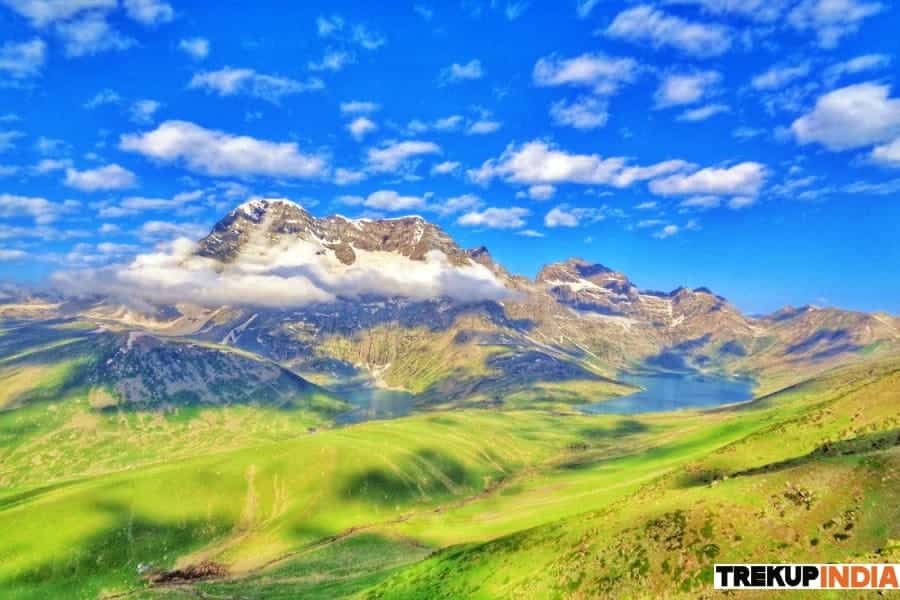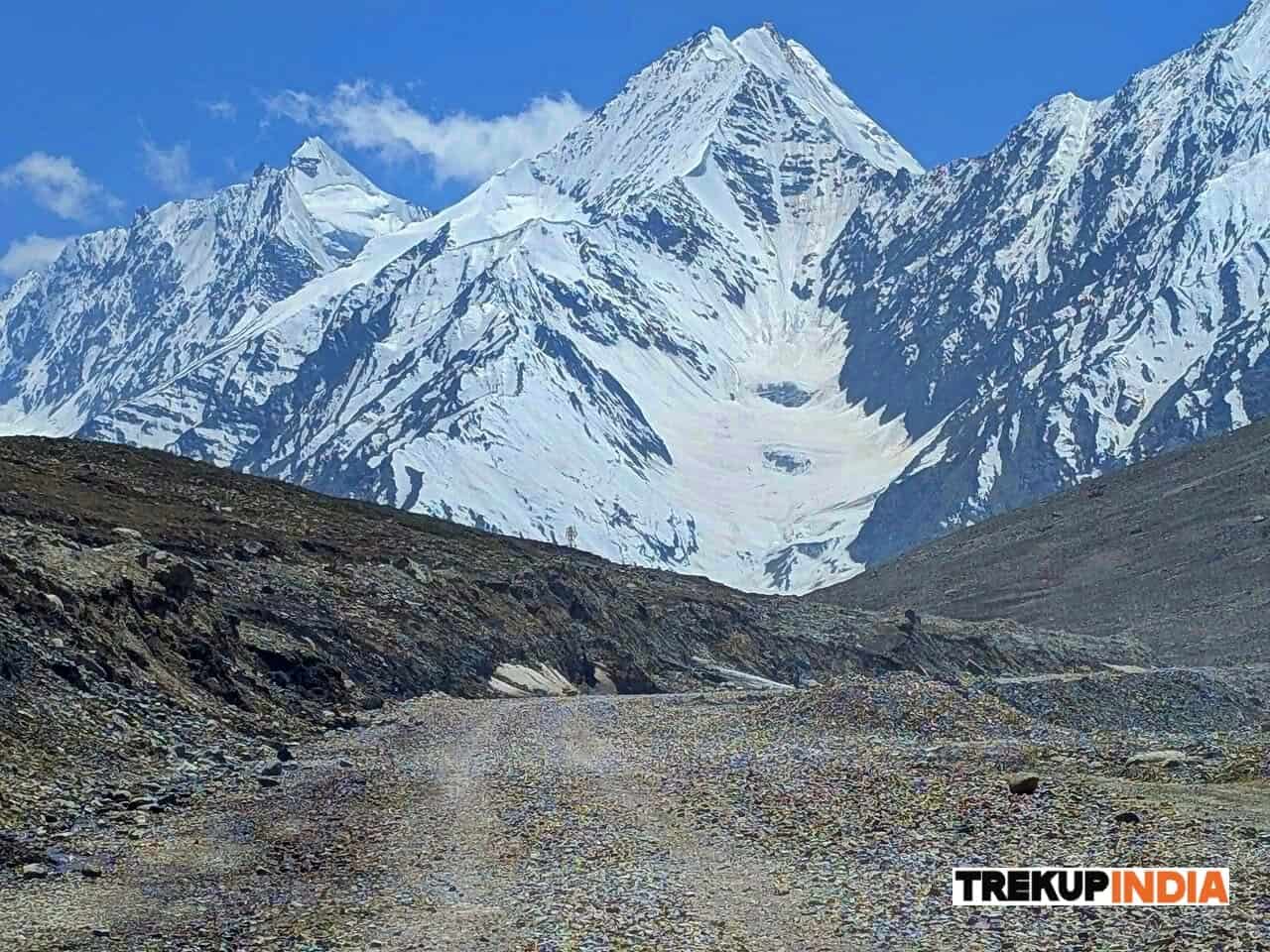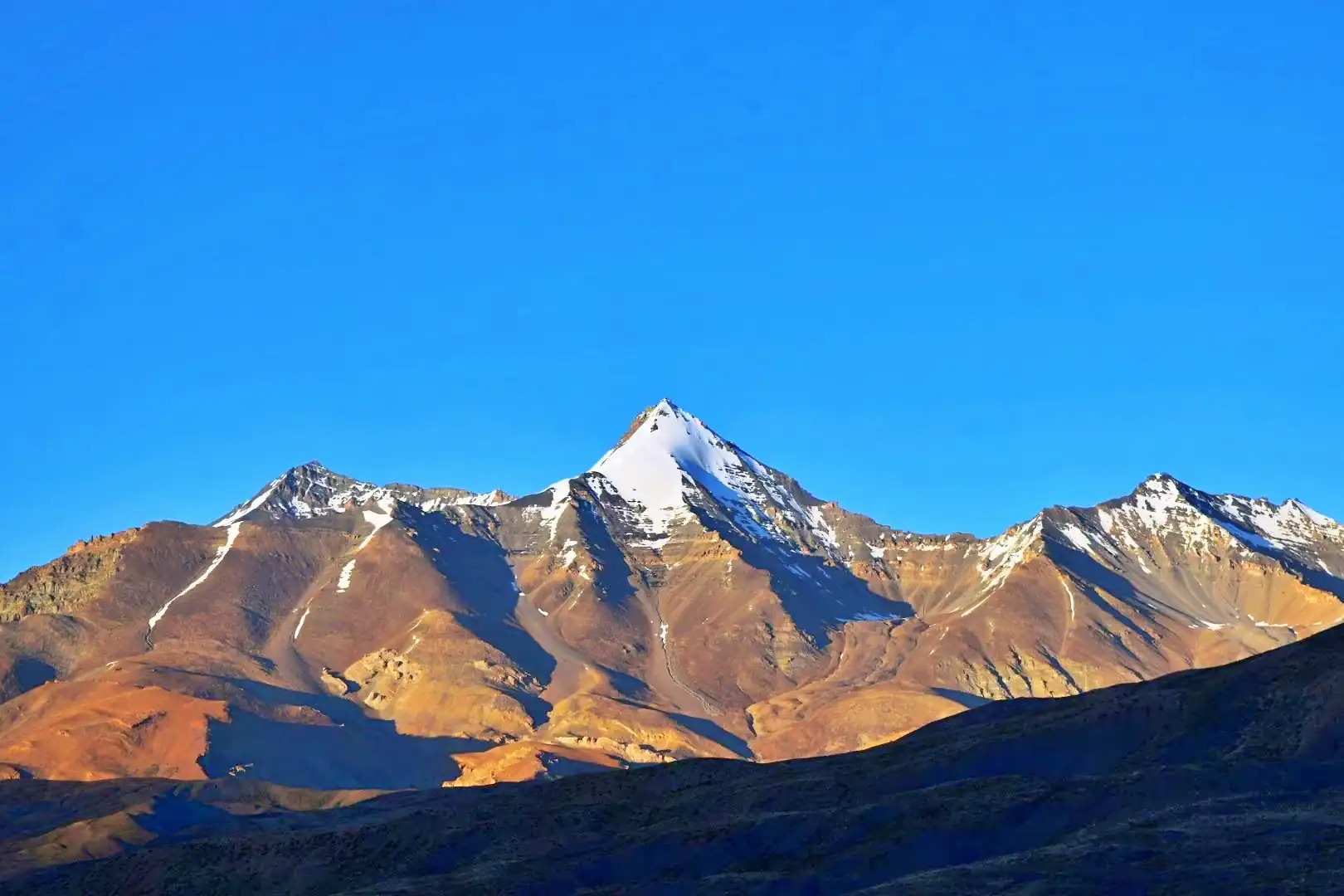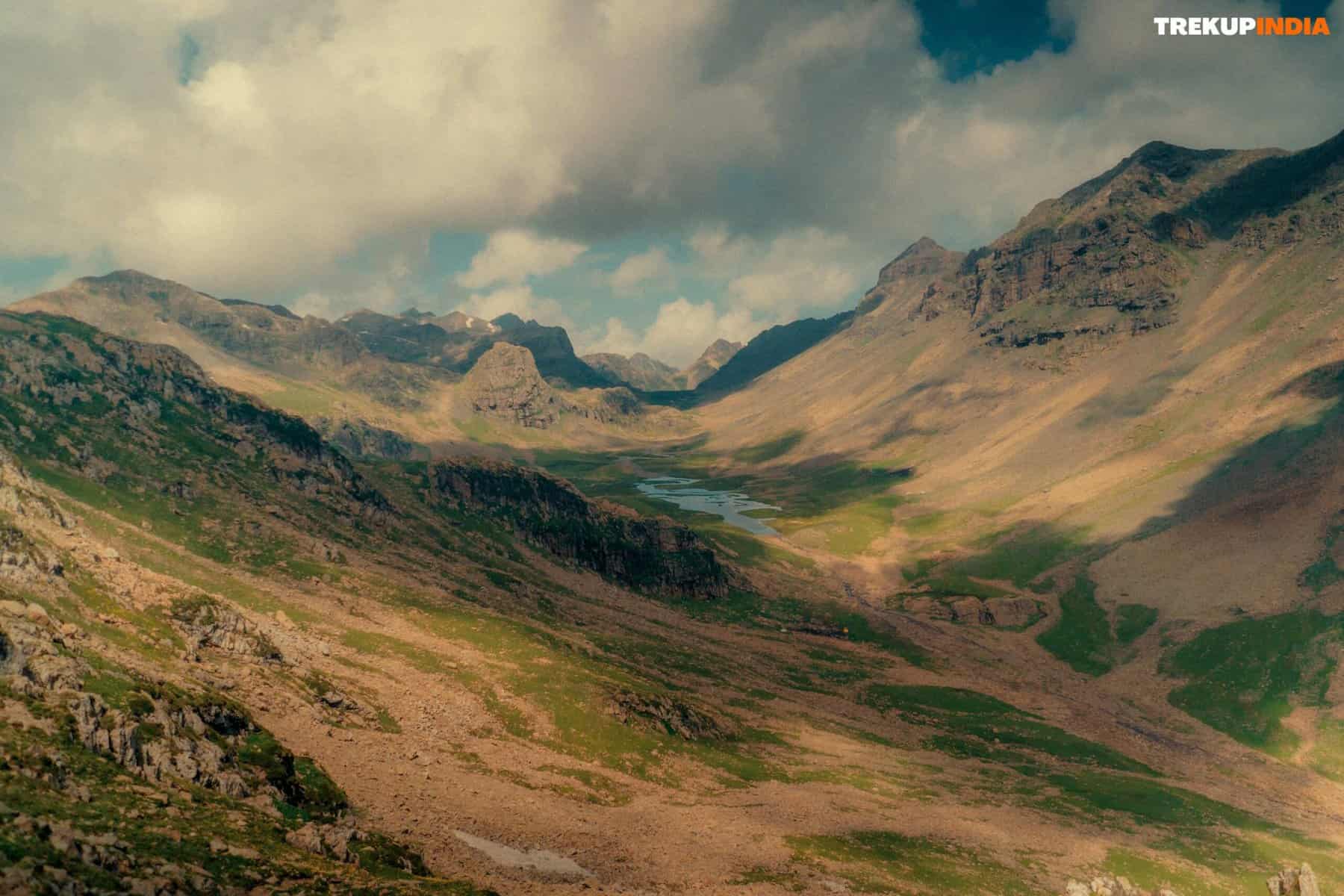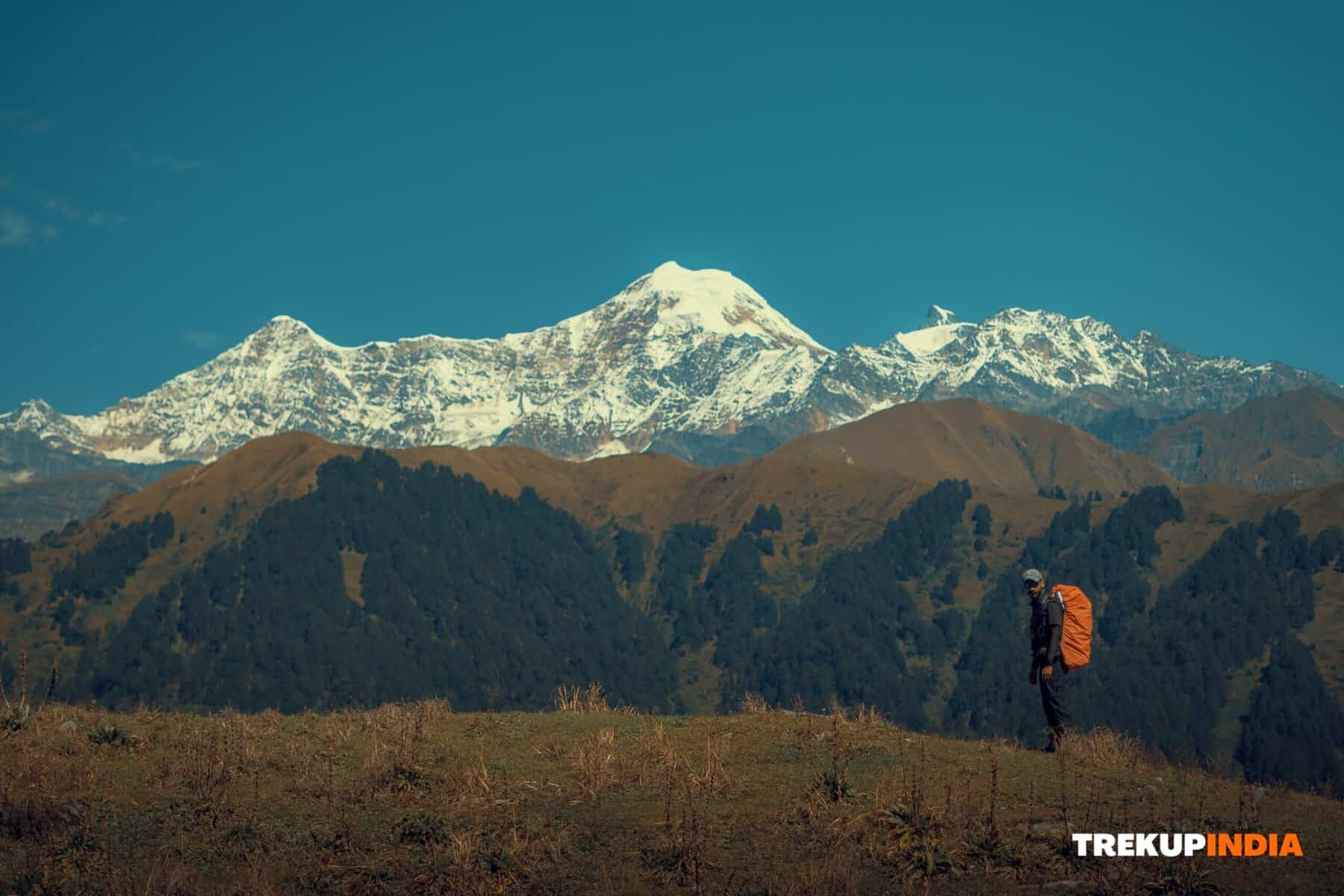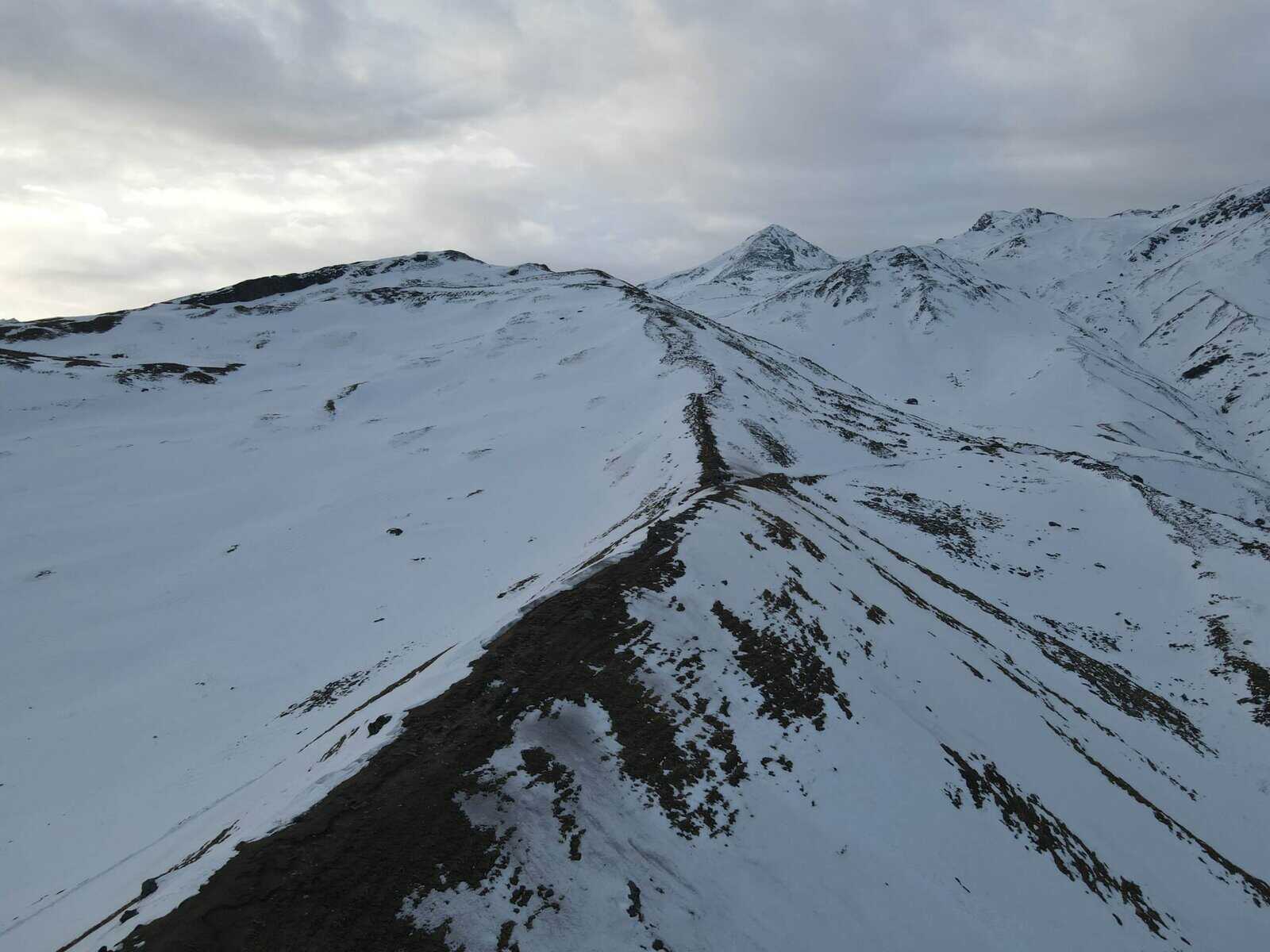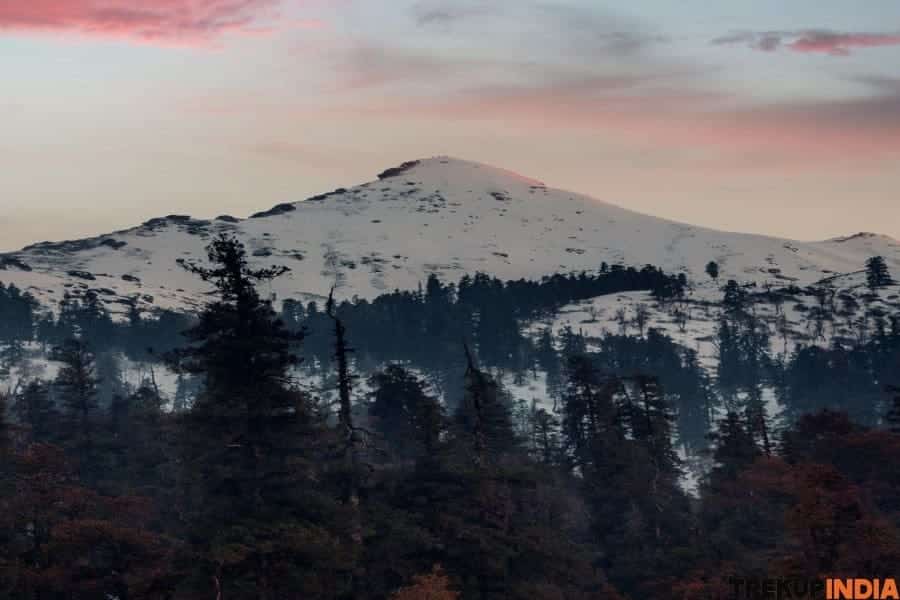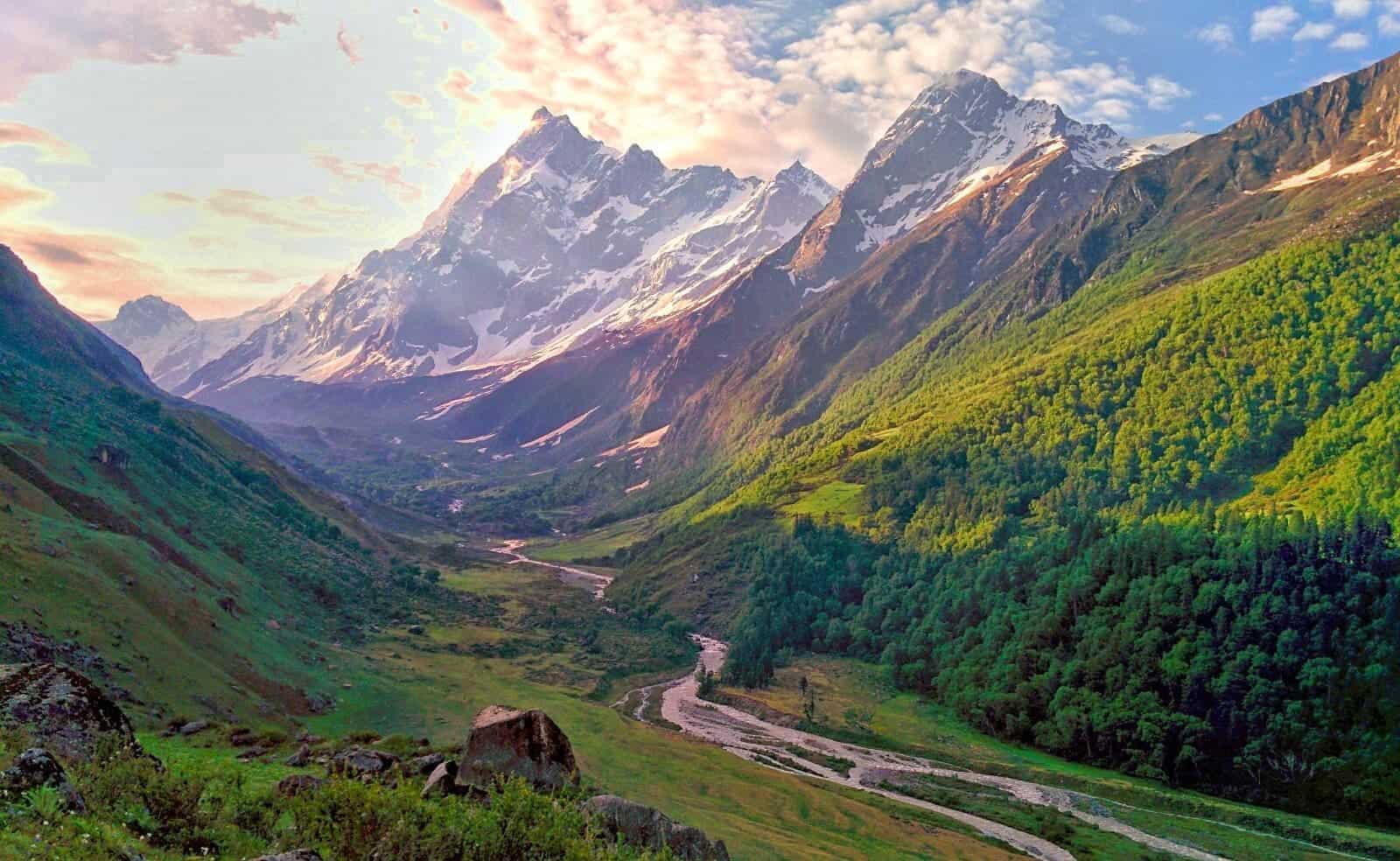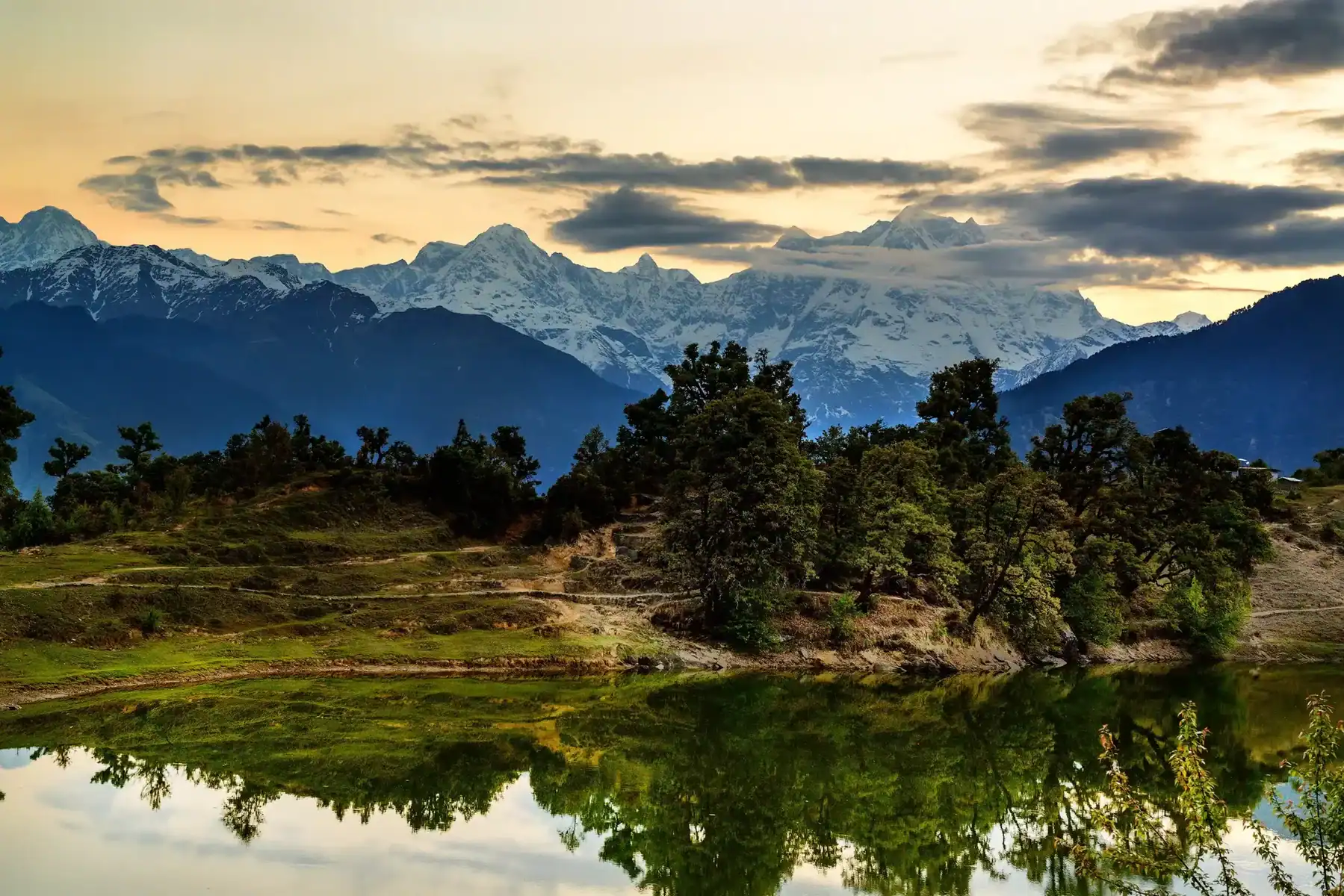Bajre Dara Trek
Bajre Dara Trek
“Bajre Dara” is an intriguing trek derived from two words – bijli (meaning light) and dara (meaning ridge). As you travel this captivating path, you’ll come upon an eerie yet captivating landscape replete with fallen trees due to fierce thunderstorms. These weathered trunks stand as monuments to nature’s raw power, imbuing your trek with an inviting aura that makes you feel as if you’re exploring an environment shaped both by natural beauty and environmental forces. If you’re searching for an unforgettable trek that combines breathtaking scenery, adventure, cultural wealth, and Himalayan panoramas, then the Bajre Dara Trek should be on your itinerary. Not simply another challenge of climbing altitude or pushing personal limits, but rather an immersive exploration of history, nature, and spirituality nestled into Sikkim.
Beginning your Sikkim Trek in Yuksom, an ancient village and former capital of Sikkim, with ancient monasteries in its centre creating a sense of calmness and reverence, you’ll experience varied terrain that balances ease with challenge. Beginning your trek at Melliaching through lush forests, through Melliaching Bhanjang Pangreytar Pangreytar before ascending steeper paths through dense bamboo forests and vibrant rhododendron groves, eventually giving way to snowcapped peaks, culminating at Bajre Dara, which has panoramic views of Kanchenjunga that make every step worthwhile! At the ridge, morning hours are truly unforgettable as the warm golden light of sunrise gradually illuminates Mt. Kanchenjunga, Mt. Pandim, and Kabru. Surrounded by nature’s soothing sounds, this tranquil moment will remain with you forever. This trek’s most striking feature is Khecheopalri Lake, revered by locals as a sacred site where wishes may come true. Tucked between dense forests, it exudes mystique and serenity as though waiting to be discovered like some hidden secret treasure waiting to be unlocked, while nearby is Khecheopalri Monastery, offering spiritual renewal while giving visitors time to fully experience this sacred landscape. Journey’s final stage passes through Lamathang village, known for its abundance of cardamom fields and warmth from locals. This trek offers a rare chance to immerse yourself in Sikkim’s rich cultural history while relishing forest serenity and breathtaking Himalayan panoramas. Although its relative insignificance adds even greater charm.
Trek Itinerary of Bajre Dara Trek
Day 1: NJP to Kecheopalri/Samtek
Drive 150 km, 1 hour trek.
Set out on an amazing 6–7-hour journey from NJP to Kecheopalri village and then trek for one hour before reaching our base camp. Unwind and unwind further at Samtek homestay located right in Kecheopalri!
Day 2: Samtek to Bhanjung
Trekking of 10 km, which takes 4-5 hours
Commence your trek from Kecheopalri to Bhanjung Campsite after breakfast. The journey spans 10 kilometres and typically requires between 4-6 hours of trekking time; you will stay the night at Bhanjung and receive a lunch pack on your travels.
Day 3: Bhanjung to Bajredara
Trekking of 6 km, which takes 4-5 hours.
After breakfast, begin the journey from Bhanjung to Bajredara by trekking through dense forests filled with bamboo, rhododendrons, and various plant life. The trek covers 5-6 kilometres over approximately four to five hours, with an uphill trek presenting itself. Stop overnight in tents at Bajredara.
Day 4: Bajredara to Pangreytar/Mellaiaching
Trekking of 16 km, which takes 6 hours
Commence your morning by enjoying the stunning sunrise at Bajredara Peak. After breakfast, travel down 16 kilometres through a 5–6-hour descent and stop for a midday meal at Bhanjung campsite before resting overnight in Melliaching.
Day 5: Melliaching to NJP
Start the day right with an early breakfast in Melliaching before leaving for NJP; your trip should last around seven hours.
Trek Highlights of Bajre Dara Trek
- Kanchenjunga, Kabru North/South, Pandim, and Narsing offer breathtaking panoramas.
- An unforgettable ridge walk trek offering panoramic Himalayan vistas at sunrise and sunset.
- Experience a lush rhododendron and pine forest at Barsey Sanctuary.
- Best for birders and botanists–with abundant Himalayan vegetation and wildlife to observe and explore.
- Camp in peaceful campsites that offer stunning starry skies as well as idyllic forest surroundings.
- Trekking Dzongri or Goechala may be challenging and tiring; here is an ideal alternative option.
How To Reach Bajre Dara Trek
By Rail: New Jalpaiguri (NJP).
By Air: Hilley is approximately 130 kilometres from Bagdogra Airport (IXB), making this option the most accessible.
By Road: NJP/Bagdogra Jorethang to Okhrey/Soreng to Hilley is approximately six to seven hours away by vehicle. At Jorethang, you can rent taxis and jeeps that share one vehicle.
Best Time to Visit Bajre Dara Trek
Spring (March to May): It’s the Rhododendron Flowering Season, and forests transform into vibrant pink, red, and white blooms as Rhododendron blooms. Great views of snowcapped mountain peaks.
Autumn (October to mid-December): Clear skies with panoramic mountain views. Weather conditions are perfect for photography and ridge walks in this sunny weather.
Dates For Upcoming Treks
Want To Trek Like Pro?
Basically, watch these videos if you want to trek the same way professional trekkers do and make your skills better. These videos contain useful tips and techniques to further improve your trekking skills itself. These videos actually help both new and experienced trekkers improve their trekking skills. These videos definitely provide useful tips that make your trek better. We are seeing that these videos by Trekup India experts will only help you make your trekking skills better.
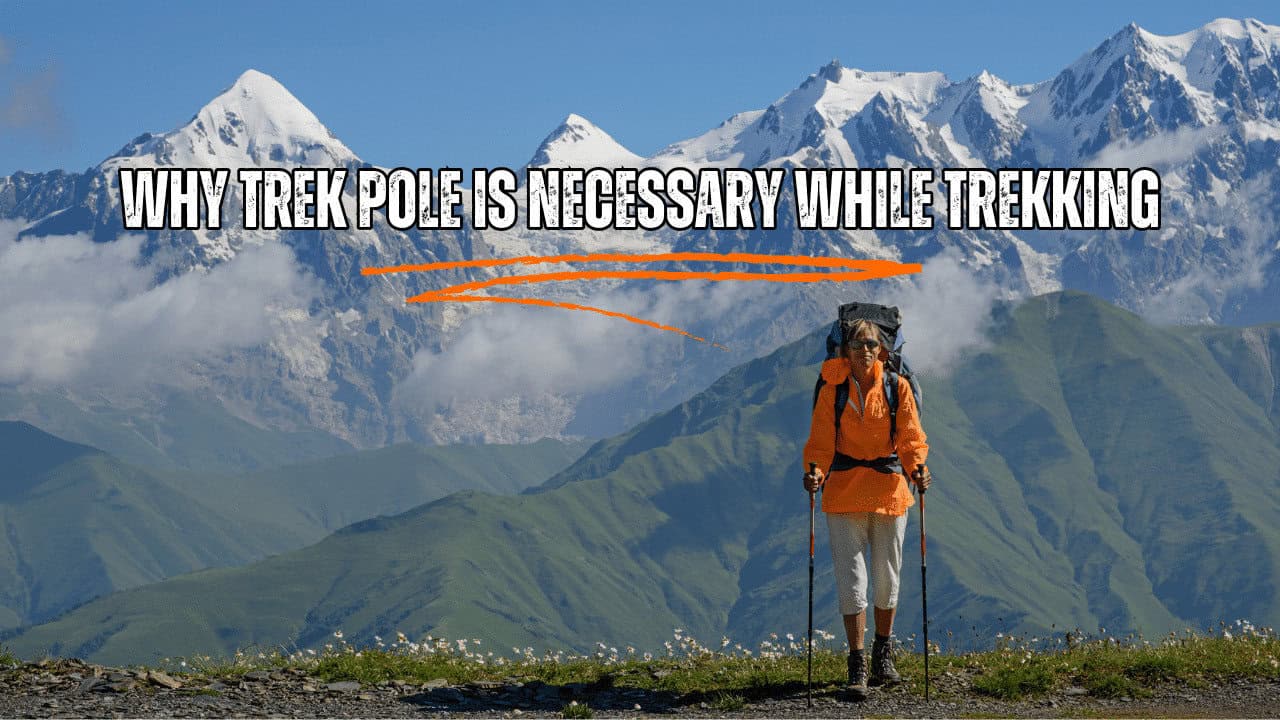



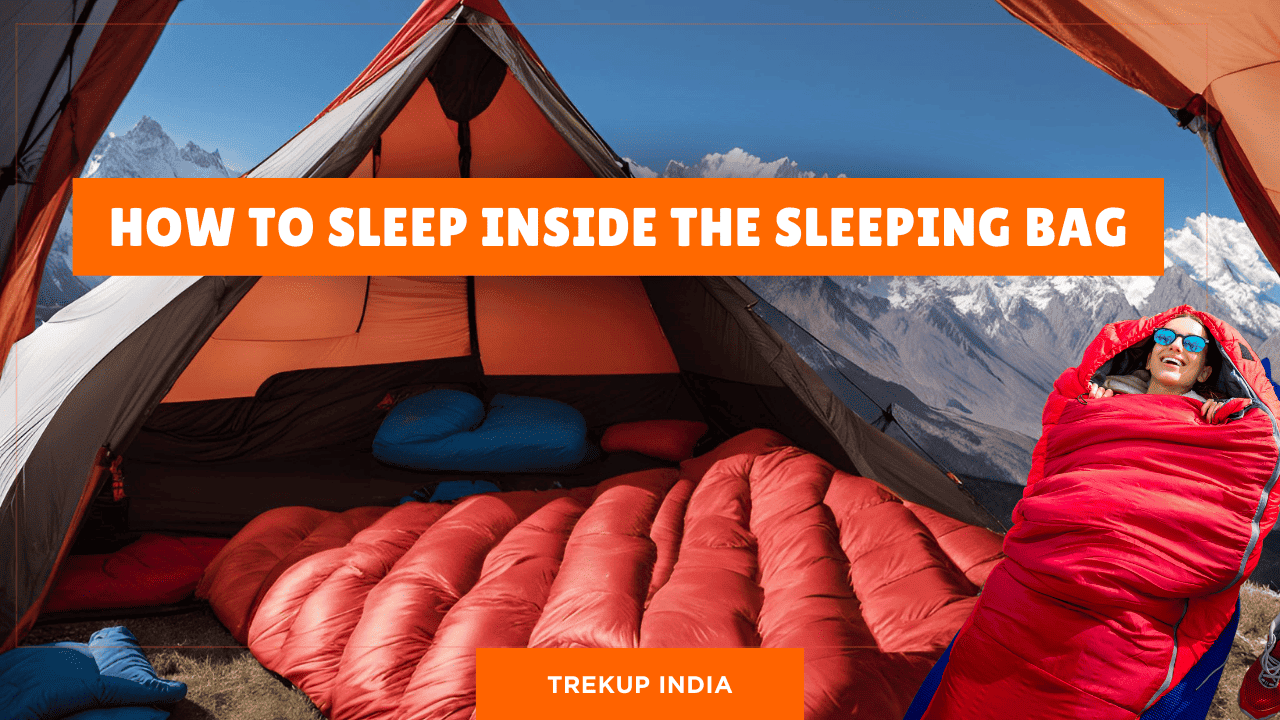


Know Everything About Acute Mountain Sickness
Acute Mountain Sickness occurs when people trek to high altitudes above 8,000 feet. This condition itself develops further due to reduced oxygen levels at such heights. Basically, as you go higher up, the air pressure and oxygen levels decrease, which causes the same problem. Acute Mountain Sickness surely causes headache, nausea, vomiting, and dizziness in affected persons. Moreover, peoples also experience difficulty in sleeping during this condition. To avoid mountain sickness, you should actually trek up slowly to higher altitudes. To learn further about this condition itself, watch the videos by Trekup India.
